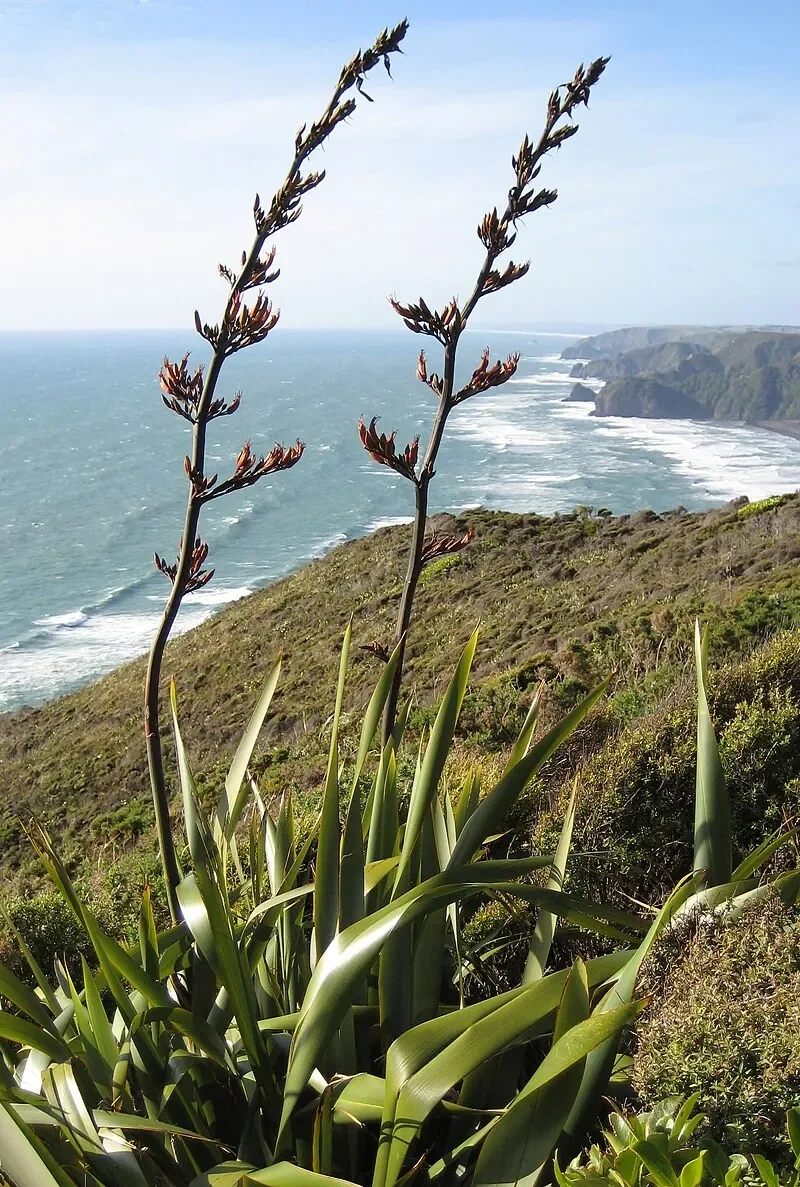
Introduction
Overview
Many New Zealand native plants hold deep cultural significance, especially for Māori, who have used them for food, medicine, weaving, carving, and rituals for centuries. Notable examples include harakeke (Phormium tenax) for weaving, kawakawa (Piper excelsum) for medicinal use, and tōtara (Podocarpus totara) for carving waka (canoes). These plants are integral to traditional knowledge and practices, and their conservation is important for maintaining cultural heritage and biodiversity.
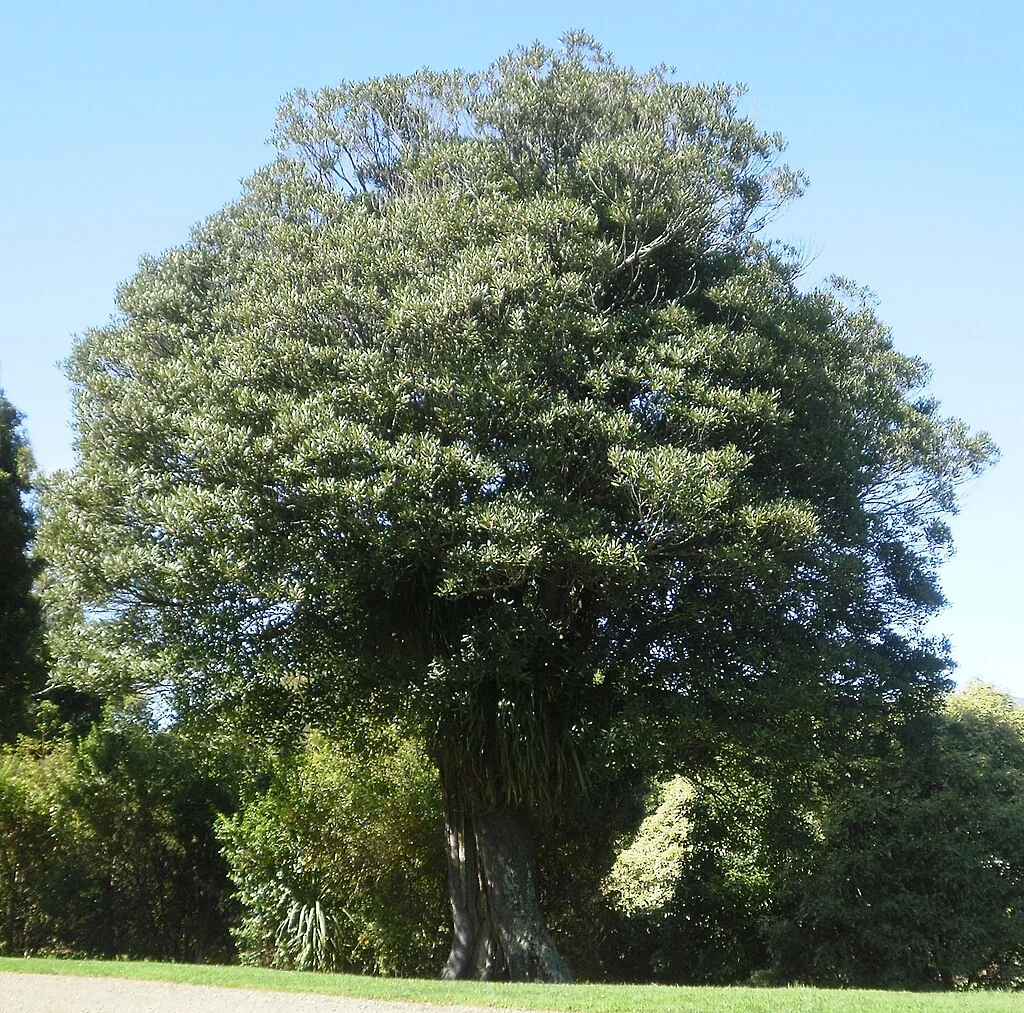
Hōnau
Elaeocarpus dentatus
Tall forest tree with culturally significant berries used for food by Māori.
Learn more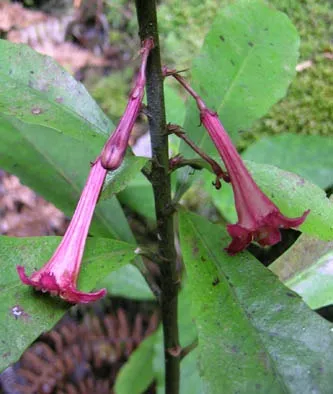
Large-Leaved Toropapa
Alseuosmia macrophylla
Fragrant forest shrub noted in mātauranga Māori; culturally valued for its distinctive properties.
Learn more
Harakeke
Phormium tenax
New Zealand flax, treasured for its strong fibers used in traditional Māori weaving.
Learn more
Kōwhai
Sophora microphylla
Sacred tree with golden flowers, traditionally used for medicinal purposes.
Learn more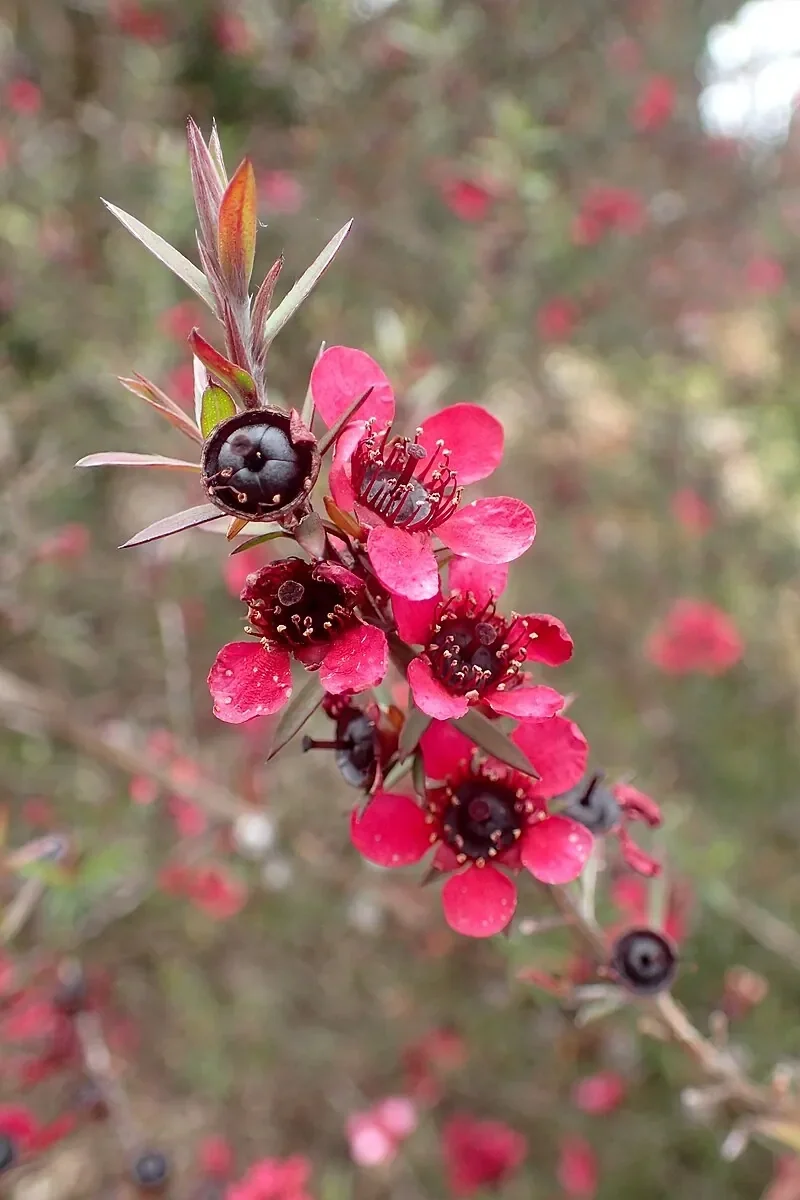
Mānuka
Leptospermum scoparium
Valued for its antimicrobial properties and traditional medicinal uses.
Learn more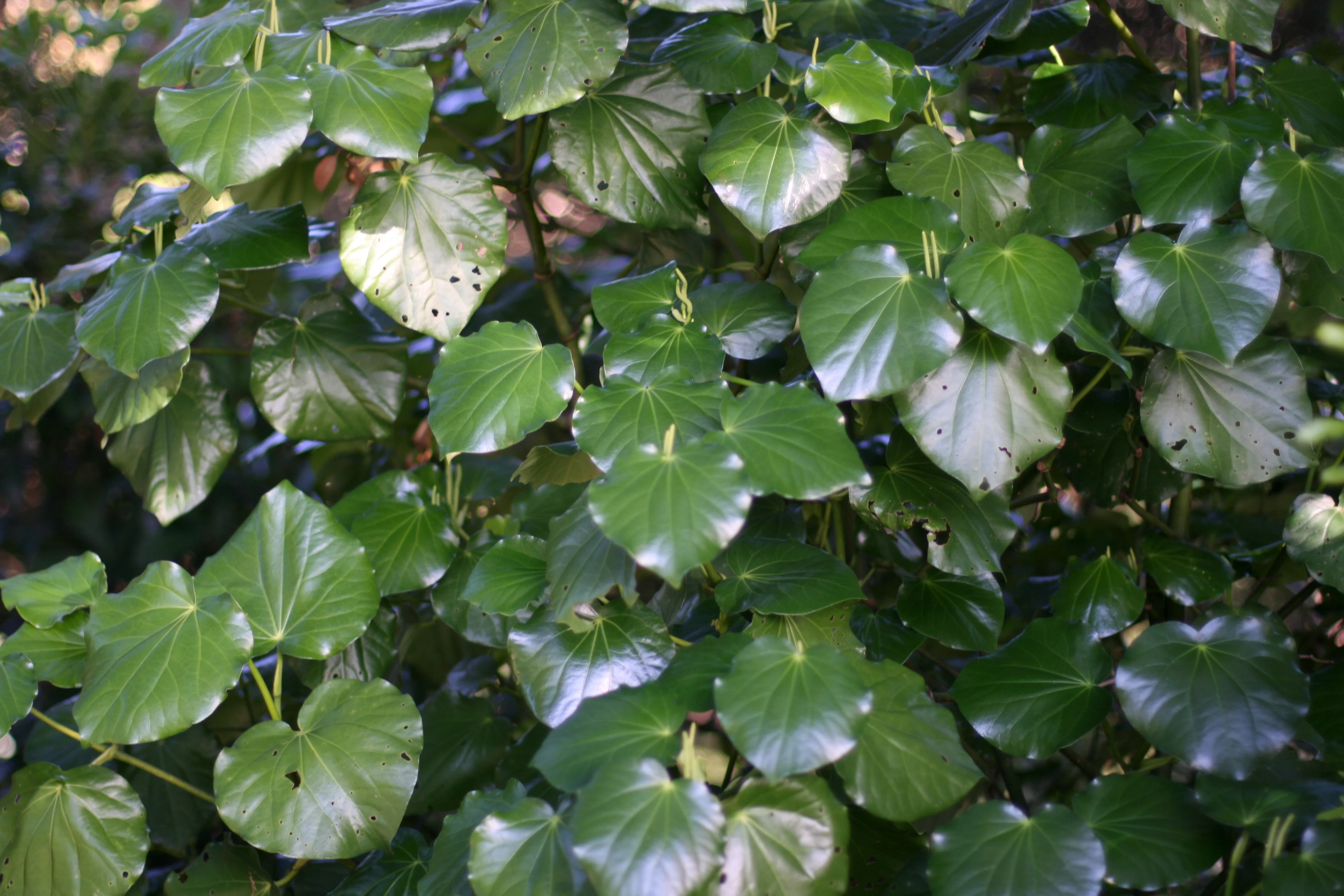
Kawakawa
Piper excelsum
Sacred taonga species central to Rongoā (Māori medicine) with proven anti-inflammatory properties.
Learn more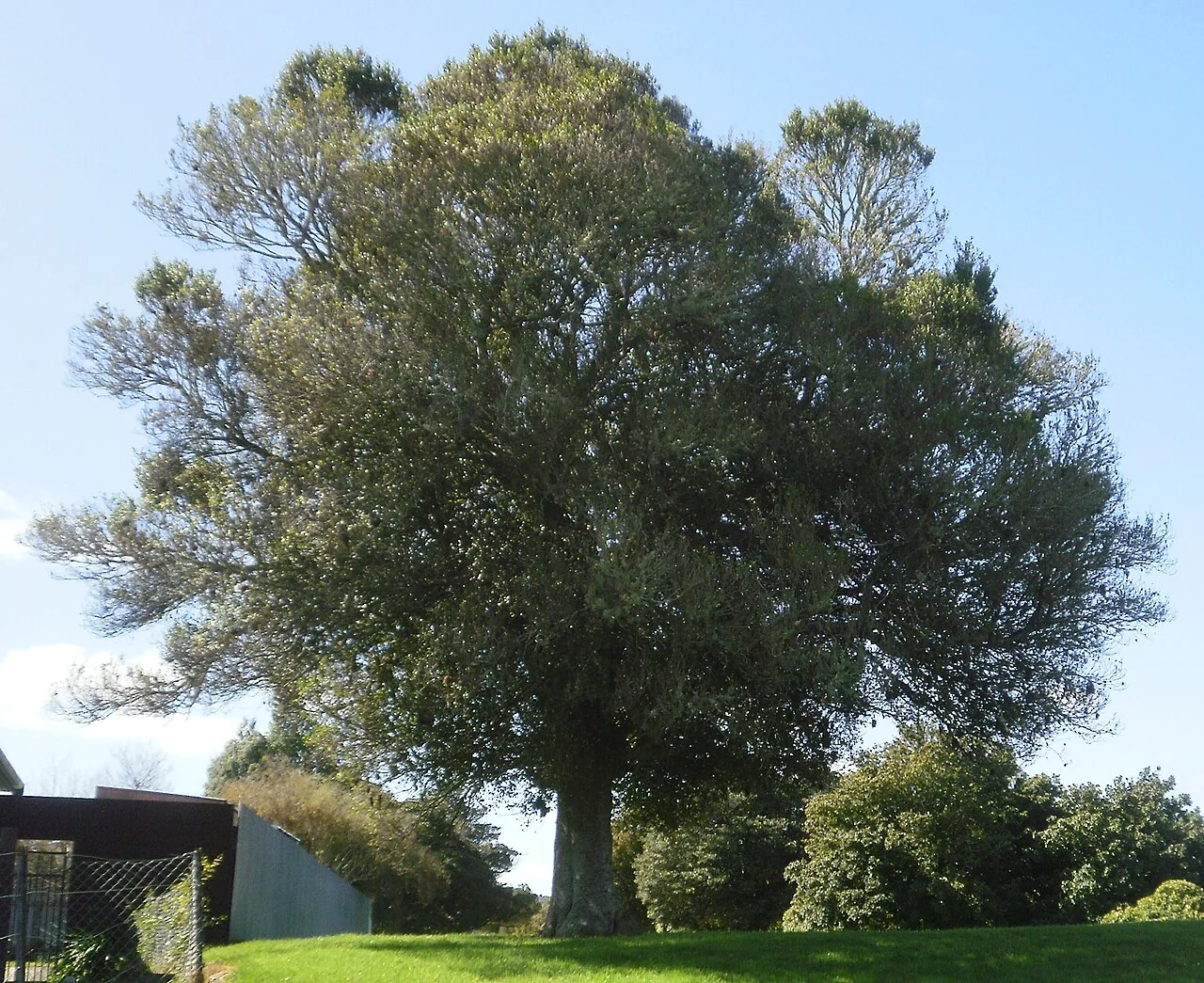
Tūrepo
Streblus heterophyllus
Small-leaved Milk Tree with distinctive leaf polymorphism, valued in traditional Māori culture and lowland forest ecosystems.
Learn more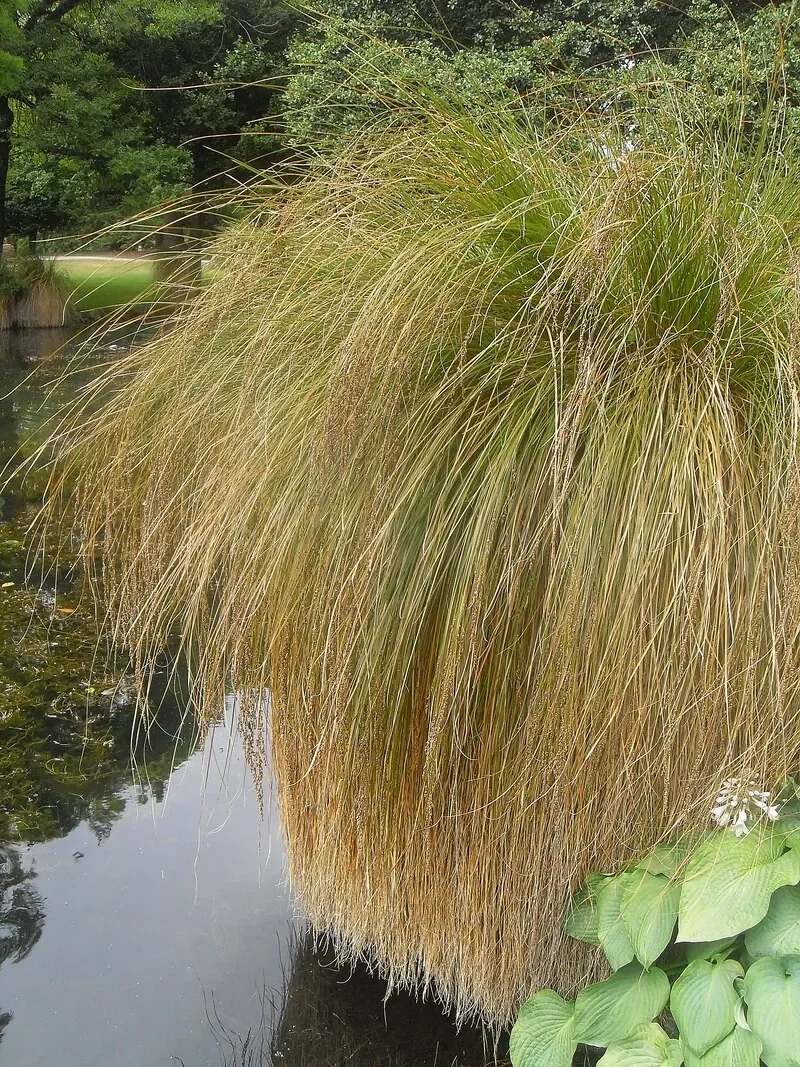
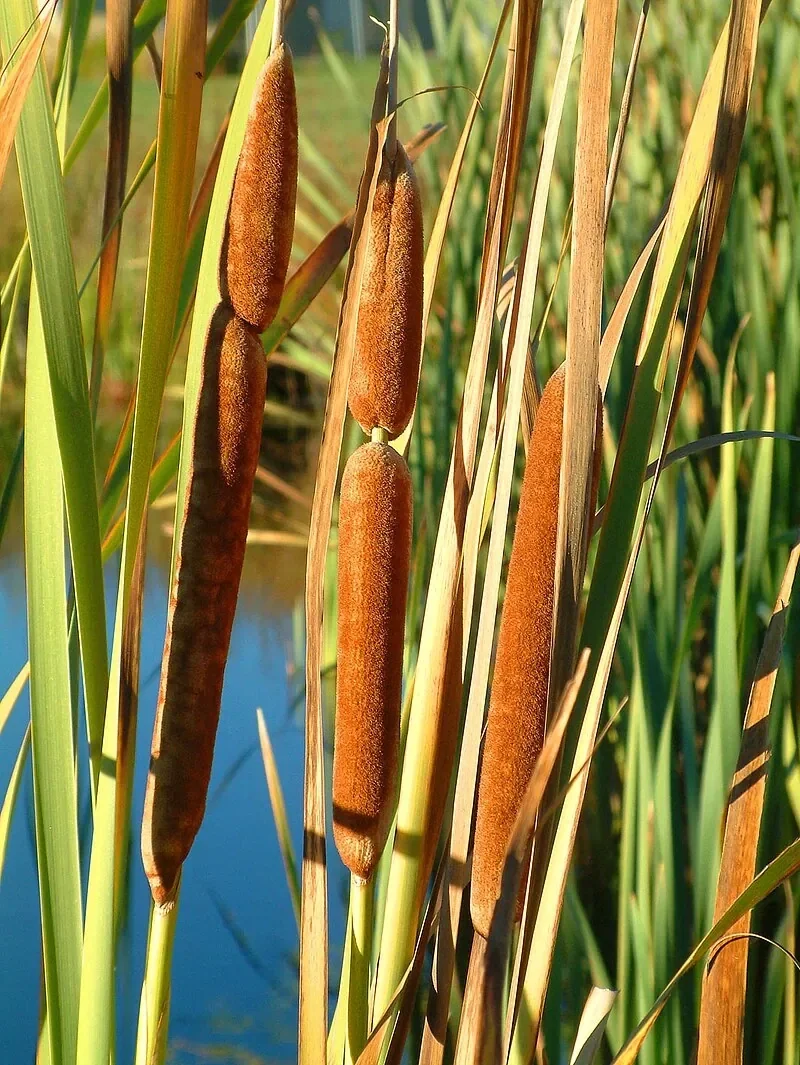
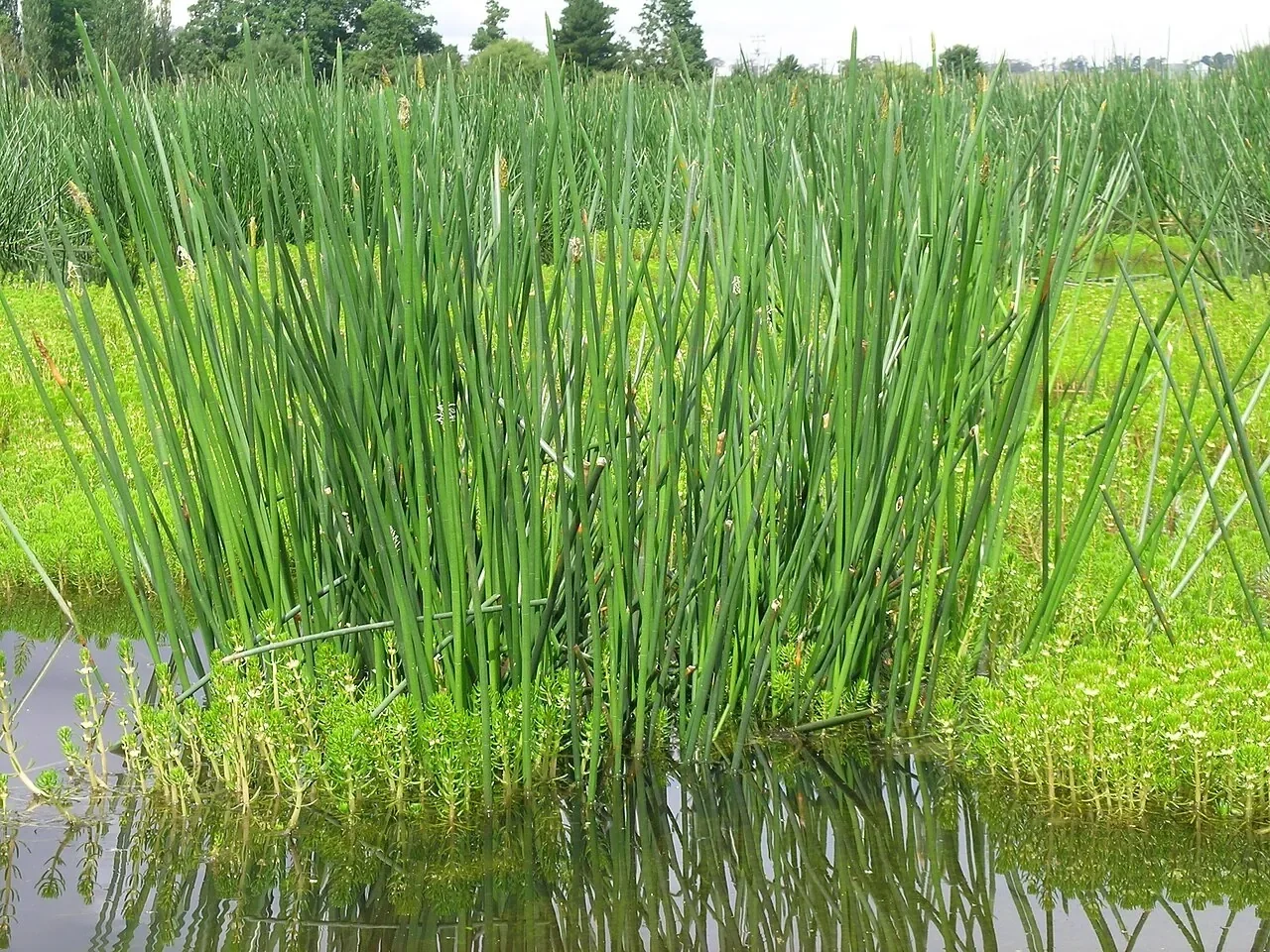

Bracken Fern
Pteridium esculentum
Bracken fern is a widespread native fern with edible rhizomes, traditionally used as a food source by Māori.
Learn more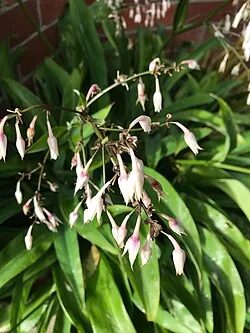
Renga Renga
Arthropodium cirratum
Complete guide to Renga Renga (Arthropodium cirratum), including cultivation tips and its traditional uses as both food and medicine in Māori culture.
Learn more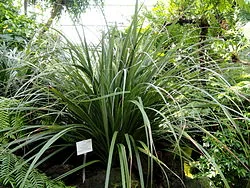
Perching Lily
Astelia solandri
Complete guide to Perching Lily (Astelia solandri), including cultivation tips and its unique epiphytic lifestyle growing on trees and coastal cliffs.
Learn more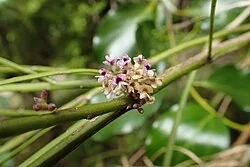
Native Broom
Carmichaelia australis
Native Broom is a distinctive leafless shrub with green flattened stems that photosynthesize, producing masses of fragrant pea flowers in summer and fixing nitrogen in soil.
Learn more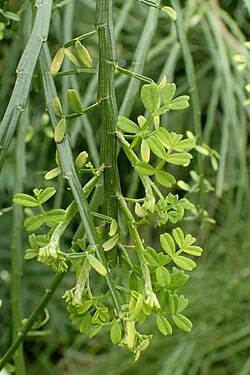
Scented Broom
Carmichaelia odorata
Guide to Carmichaelia odorata (Scented broom): leafless native broom with fragrant pea-flowers; habitat, cultivation and propagation.
Learn more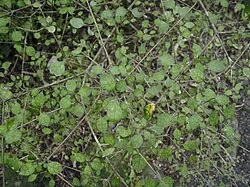
Thin-Leaved Coprosma
Coprosma areolata
Thin-leaved Coprosma features distinctive netted leaf patterns and orange berries, thriving in forest understory and valued in traditional Māori medicine.
Learn more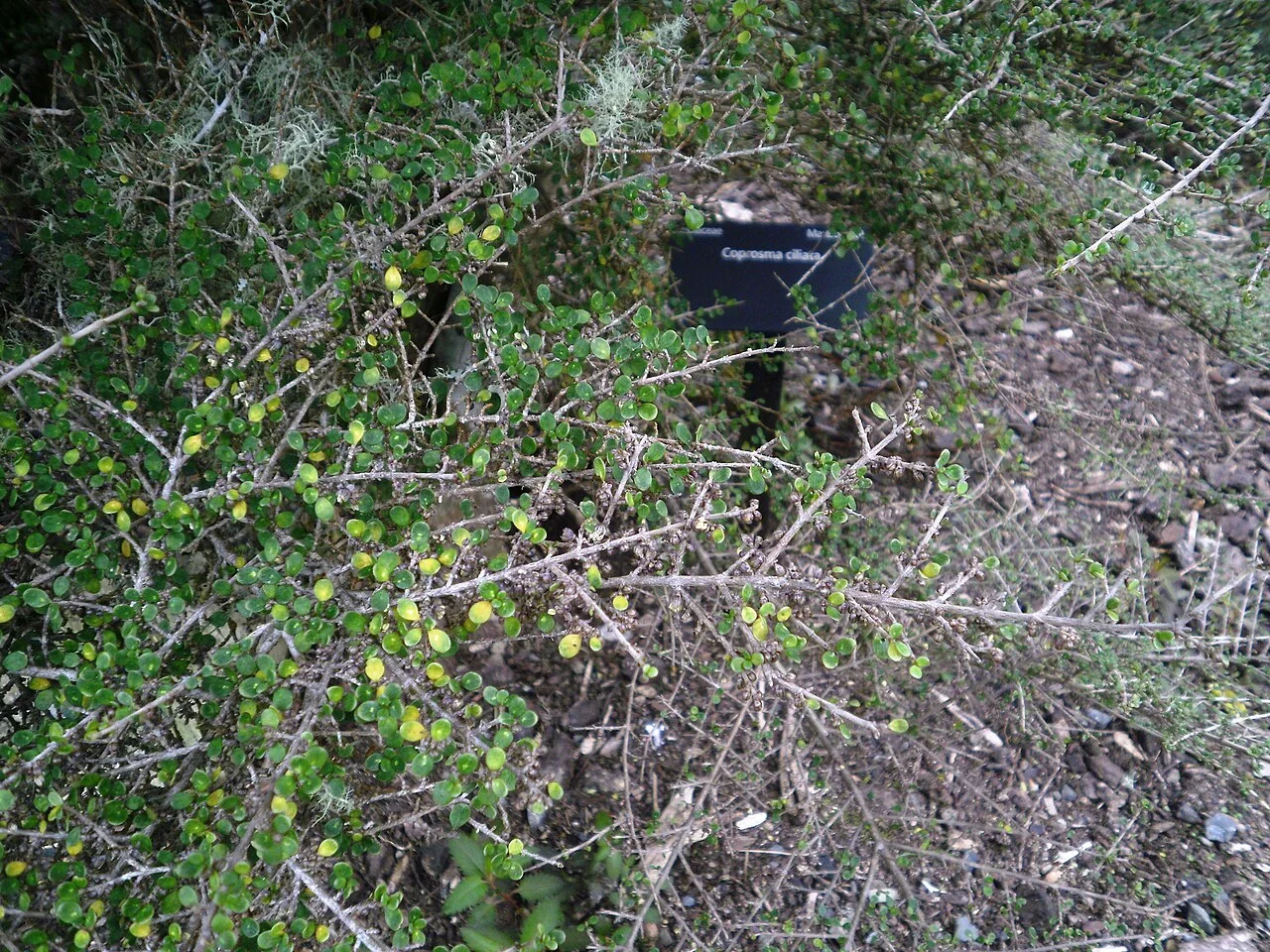
Hairy Coprosma
Coprosma ciliata
Complete guide to Coprosma ciliata, including care tips, propagation methods, and its ecological and cultural significance in New Zealand.
Learn more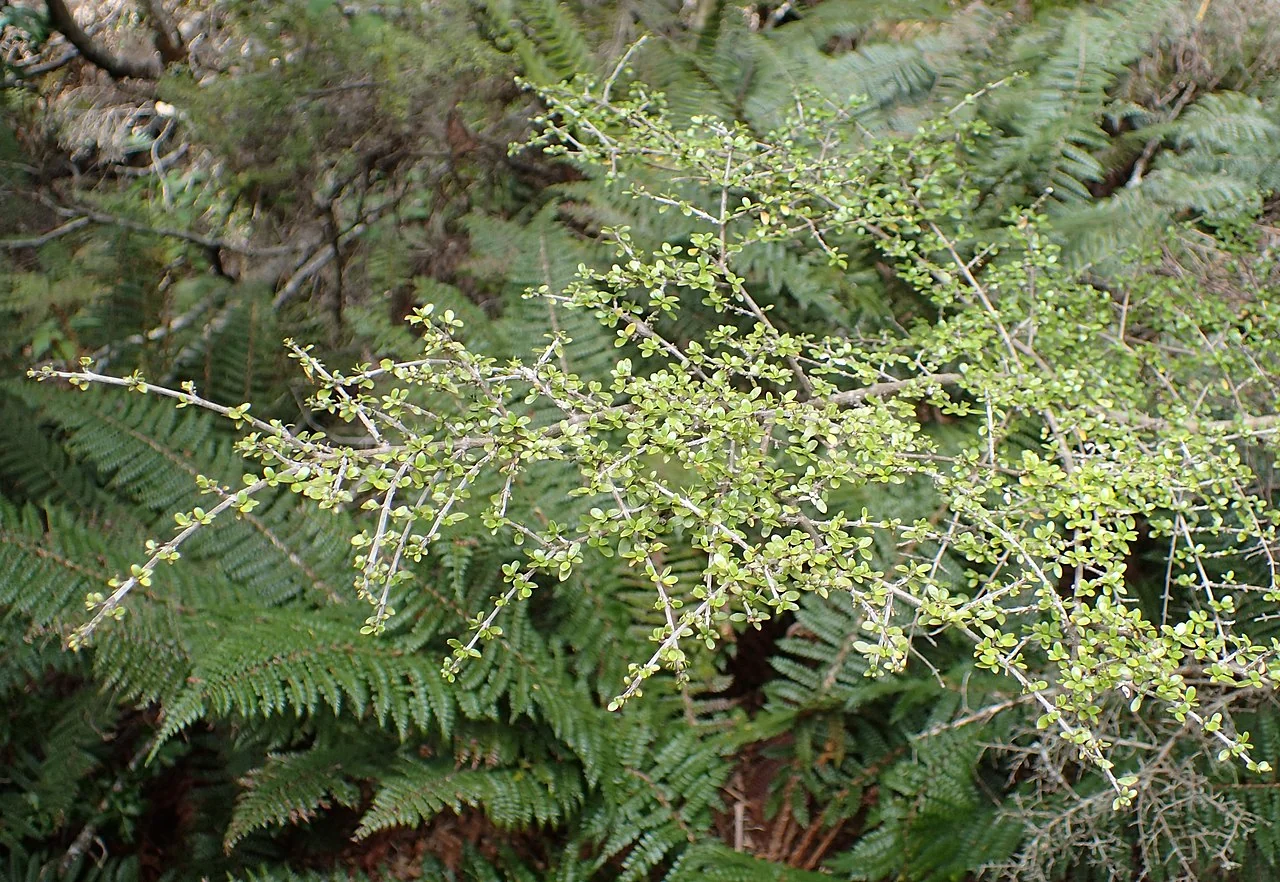
Broad-Leaved Coprosma
Coprosma dumosa
Broad-leaved Coprosma is a hardy shrub with glossy leaves and translucent berries, excellent for coastal gardens and providing food for native birds.
Learn more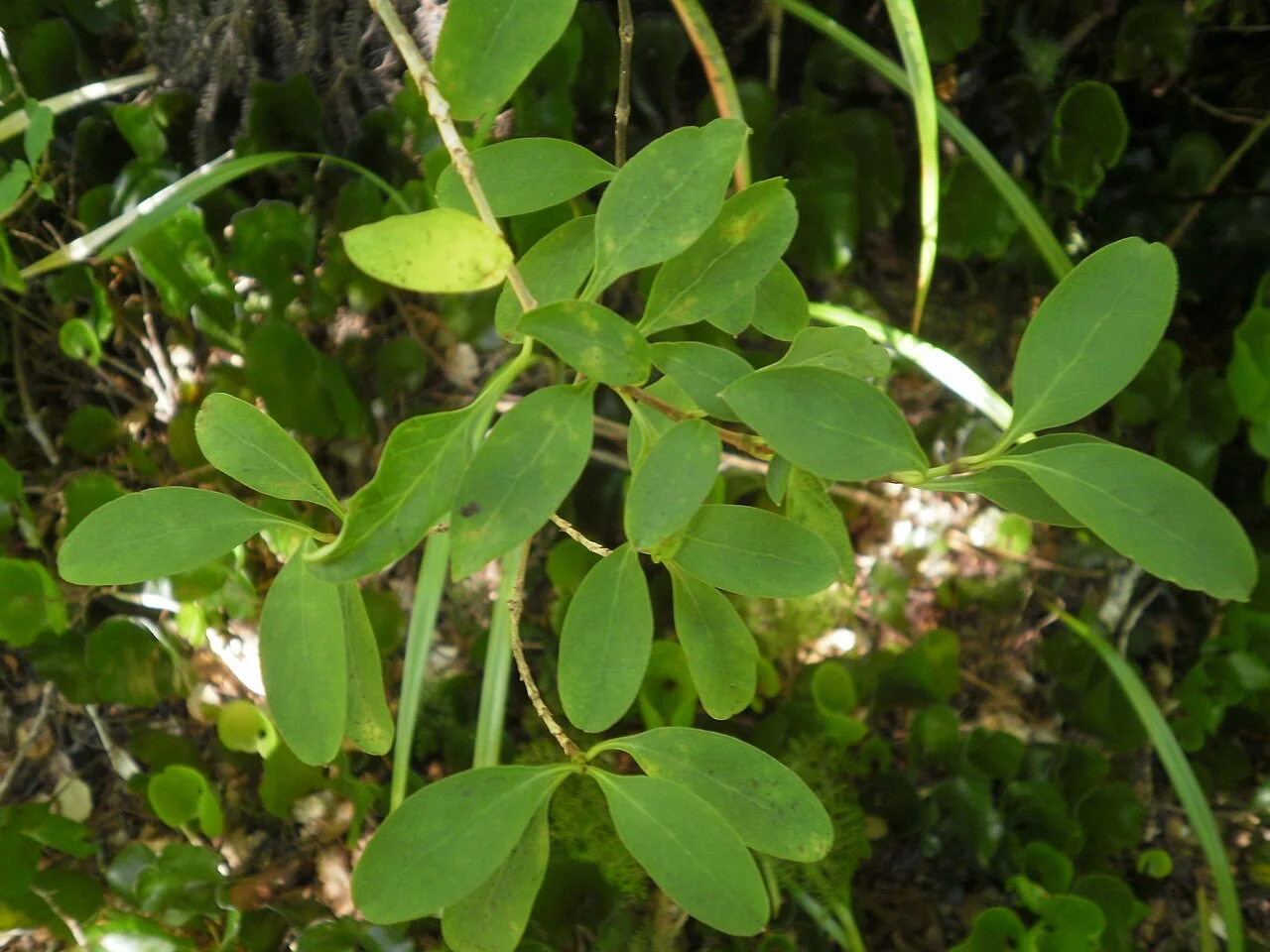
Stinkwood
Coprosma foetidissima
Stinkwood emits a distinctive odor when crushed but produces attractive orange berries, historically used for medicinal purposes and valued for its hardwood.
Learn more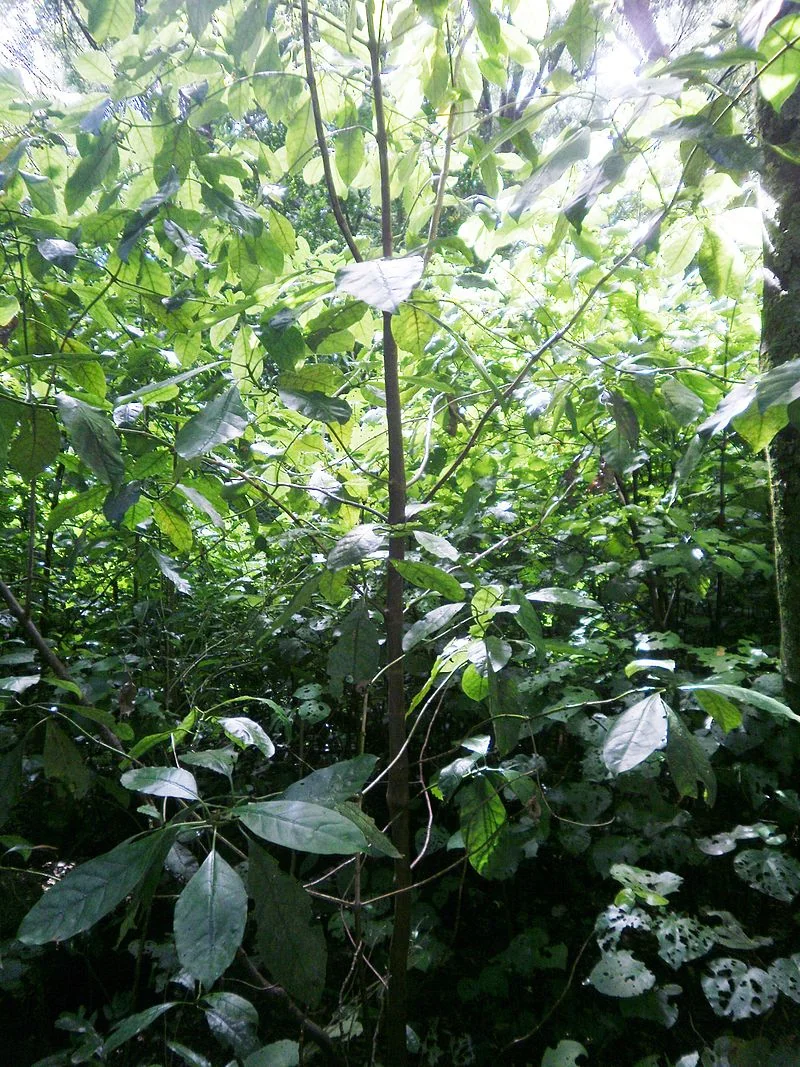
Kanono
Coprosma grandifolia
Kanono features large glossy leaves and abundant orange berries relished by native birds, with fragrant flowers and traditional uses in Māori medicine.
Learn more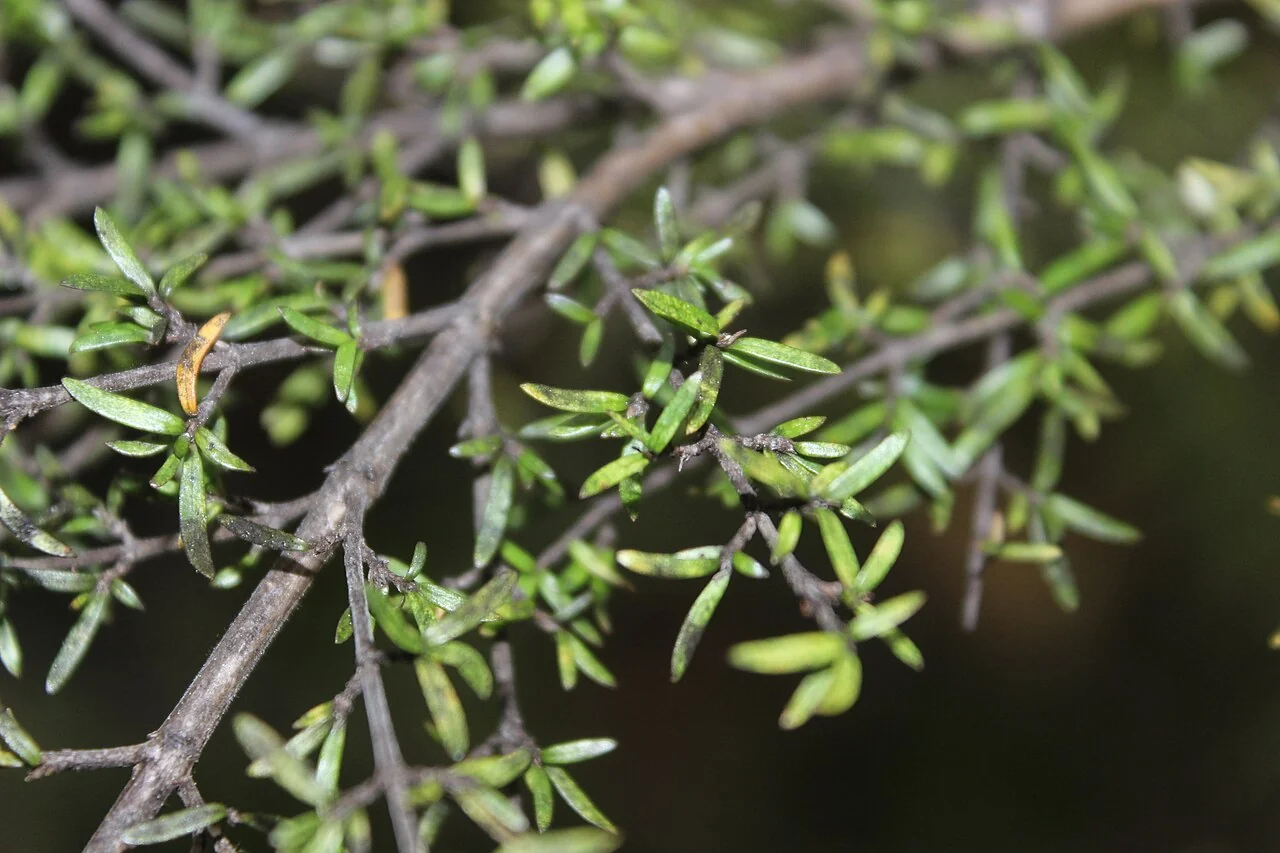
Small-Leaved Coprosma
Coprosma microcarpa
Small-leaved Coprosma is a hardy divaricating shrub with tiny leaves and intricate branching, providing excellent shelter for native birds and lizards.
Learn more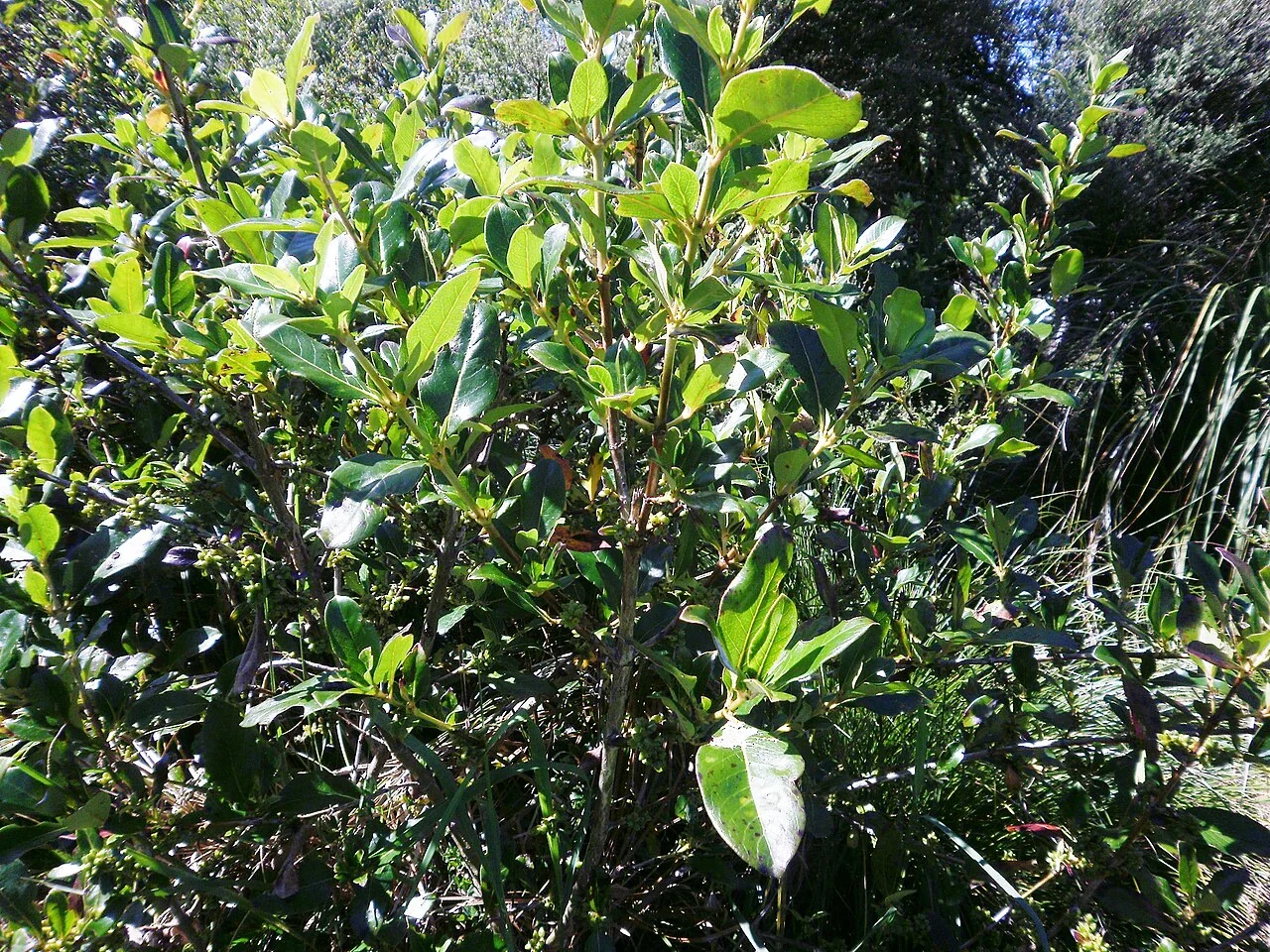
Karamū
Coprosma robusta
Complete guide to Karamū (Coprosma robusta), including care tips, propagation methods, and its ecological and cultural significance in New Zealand.
Learn more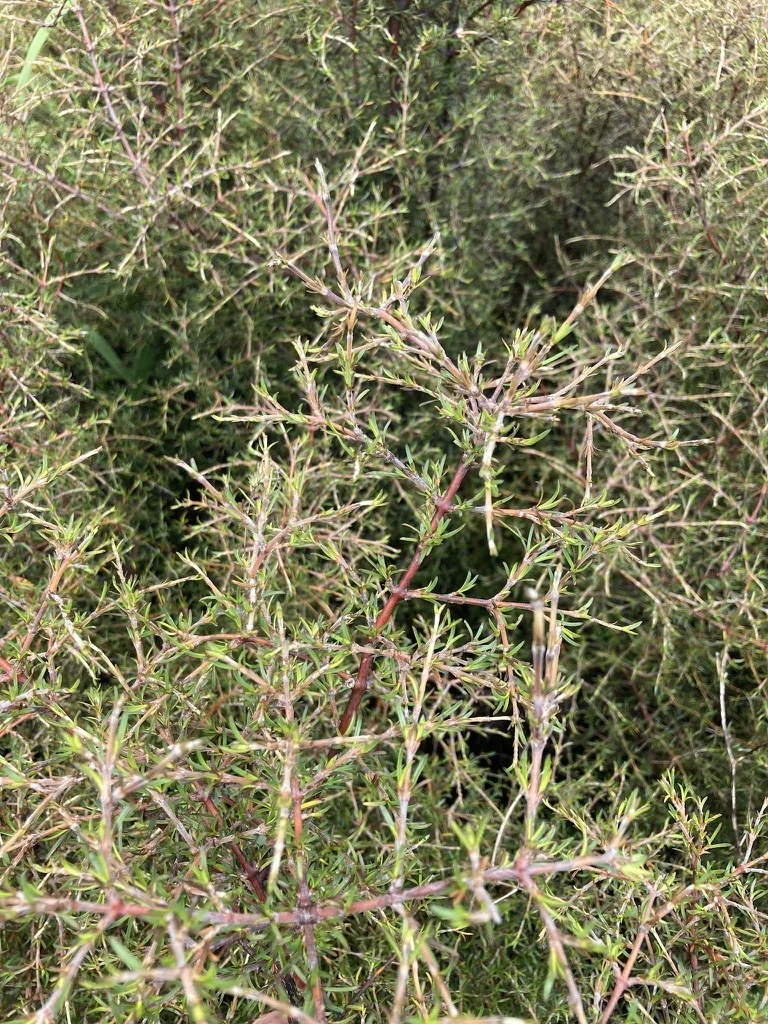
Needle-Leaved Mountain Coprosma
Coprosma rugosa
Needle-leaved Mountain Coprosma is a hardy alpine shrub with distinctive needle-like foliage and colourful berries, thriving in harsh mountain environments.
Learn more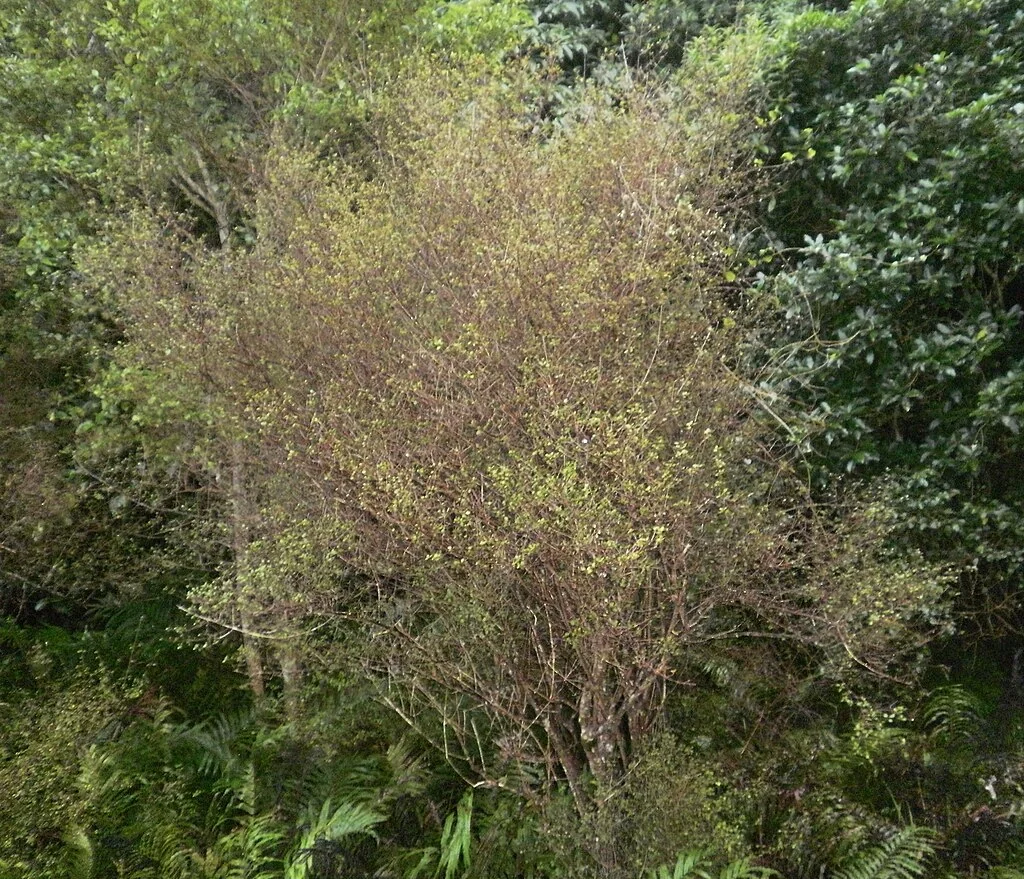
Swamp Coprosma
Coprosma tenuicaulis
Swamp Coprosma is a slender wetland shrub with fine branches and small leaves, ideal for boggy areas and providing important habitat for wetland birds.
Learn more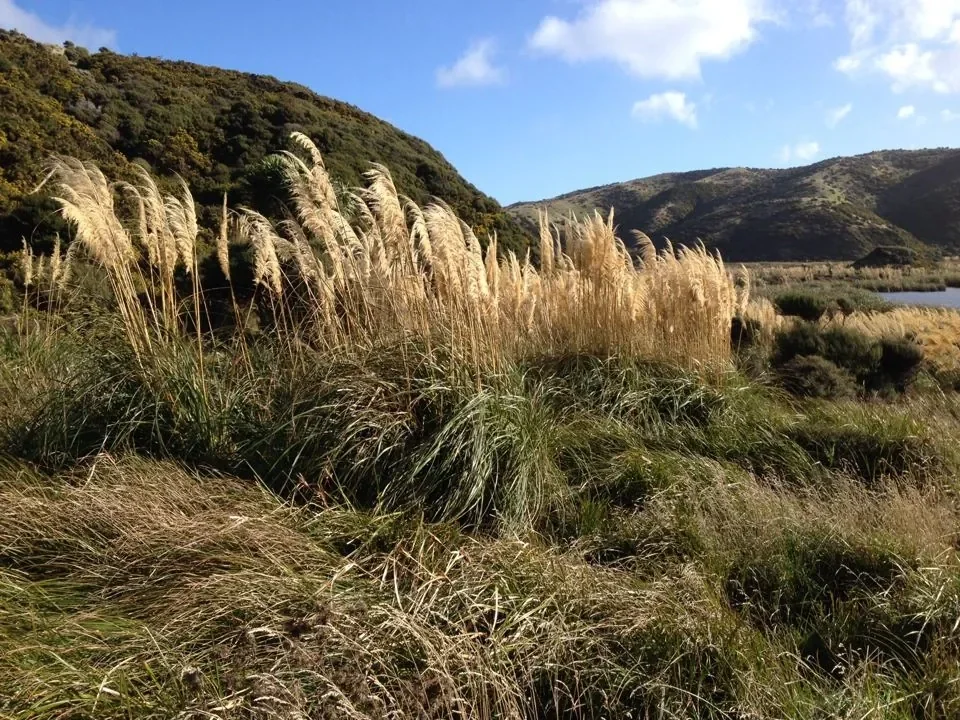
Toetoe
Cortaderia richardii
Toetoe is an iconic native grass with graceful plumes that dance in the wind, crucial for erosion control and traditional Māori weaving practices.
Learn more
North Island Toetoe
Austroderia toetoe
North Island Toetoe is New Zealand's tallest native grass species reaching 5 meters, with distinctive drooping flower heads and important ecological value.
Learn more
Karaka
Corynocarpus laevigatus
Karaka is a coastal tree with large glossy leaves and orange berries that were a vital food source for Māori after careful preparation to remove toxins.
Learn more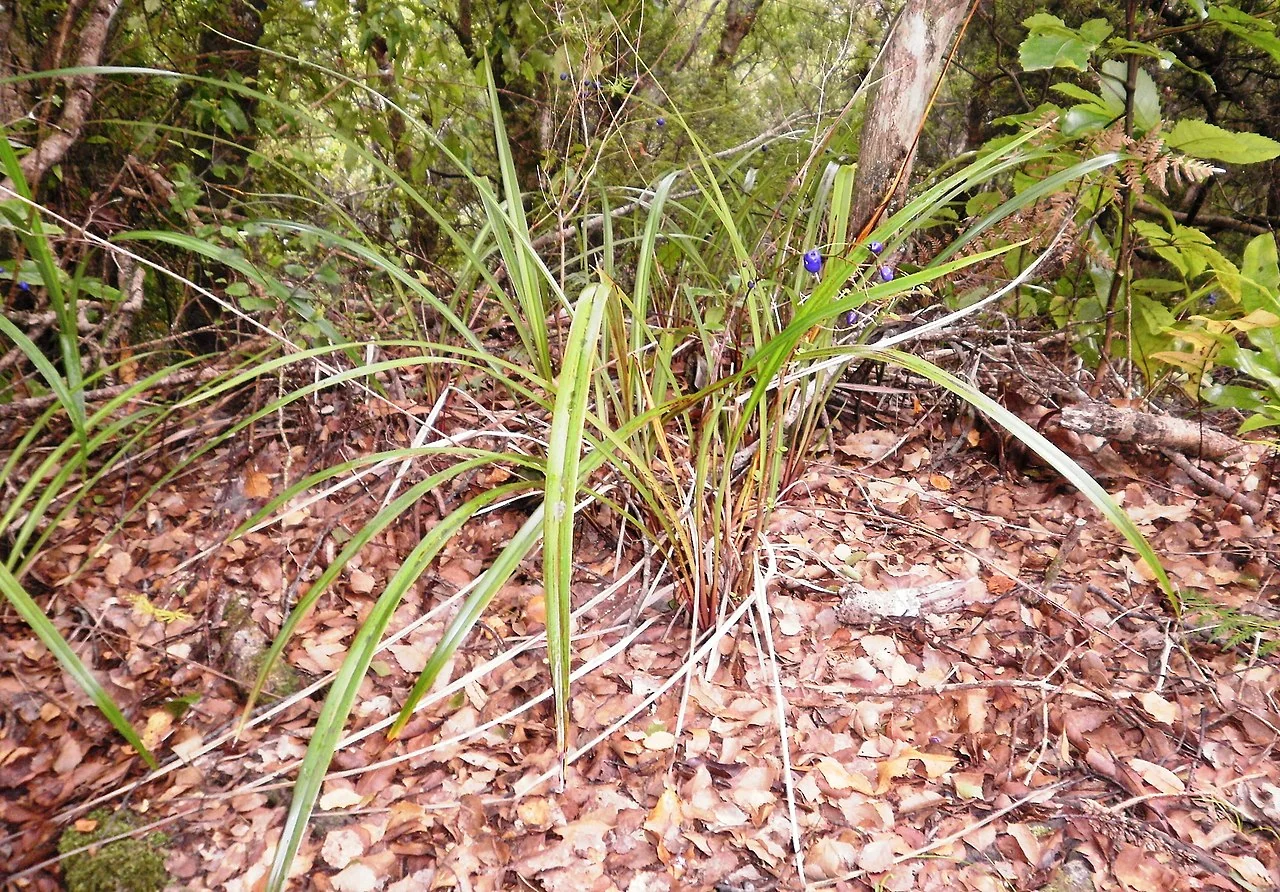
Tūrutu
Dianella nigra
Tūrutu produces spectacular blue berries that provide food for native birds and were traditionally used by Māori for dye, with sword-like leaves forming attractive clumps.
Learn more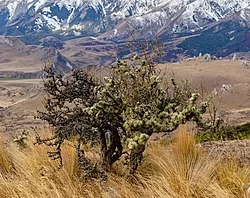
Matagouri
Discaria toumatou
Matagouri is a hardy thorny shrub that thrives in New Zealand's drier regions, providing important habitat for native birds and fixing nitrogen in poor soils.
Learn more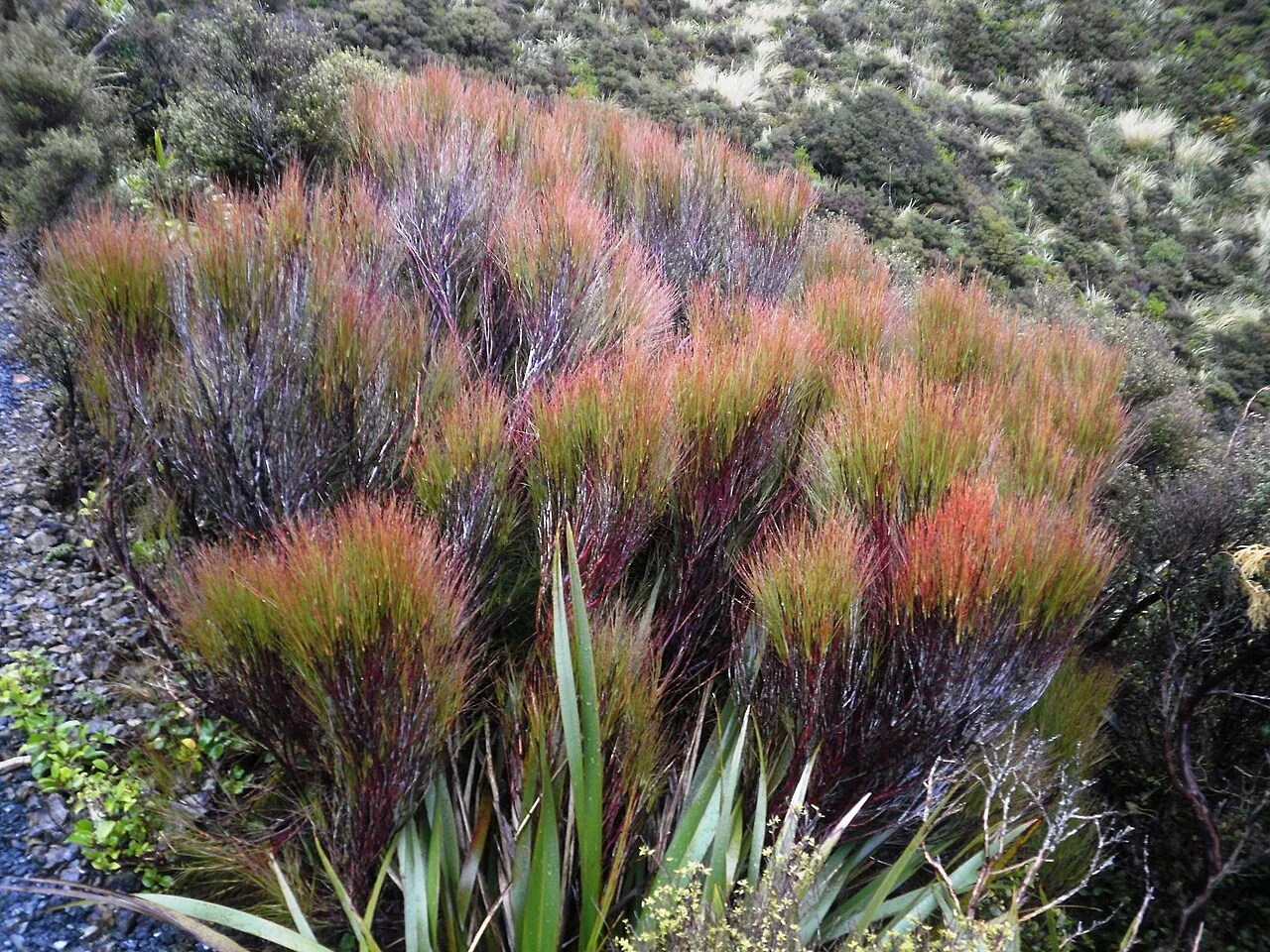
Inaka
Dracophyllum longifolium
Complete guide to Inaka (Dracophyllum longifolium), including care tips, propagation methods, and its cultural significance in New Zealand.
Learn more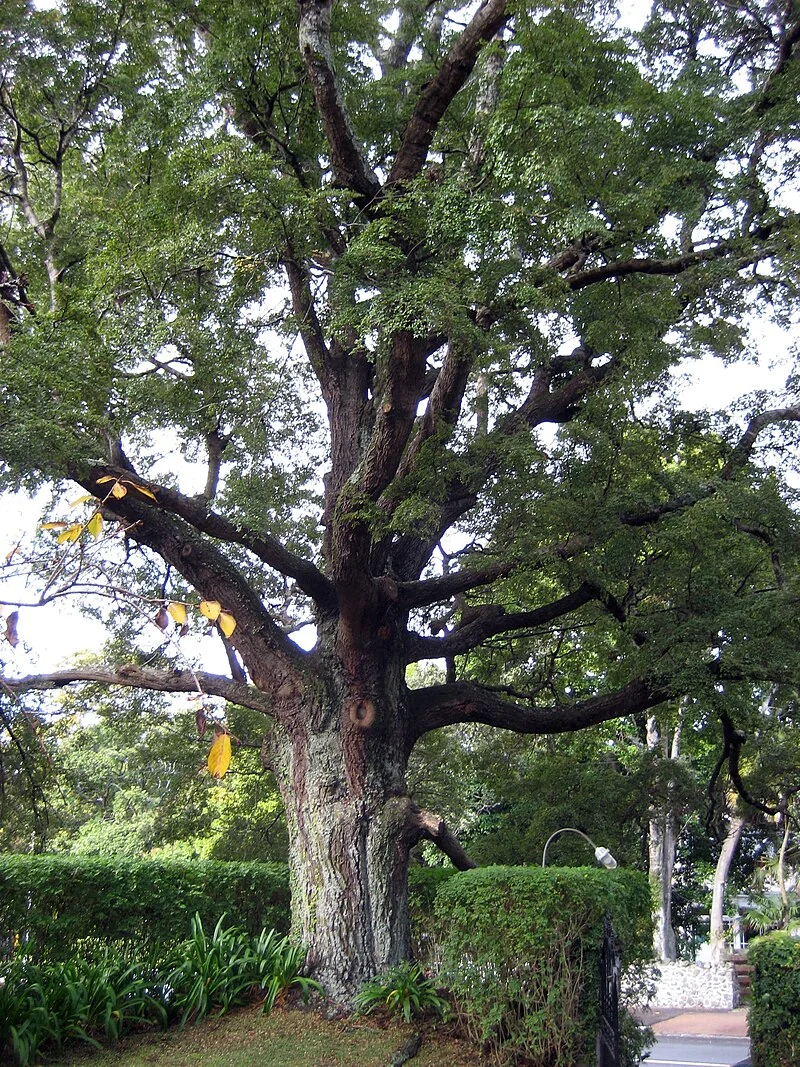
Black Beech
Fuscospora solandri
Black Beech is a dominant forest tree with small leaves that turn copper in winter, supporting unique ecosystems and producing valuable honeydew from scale insects.
Learn more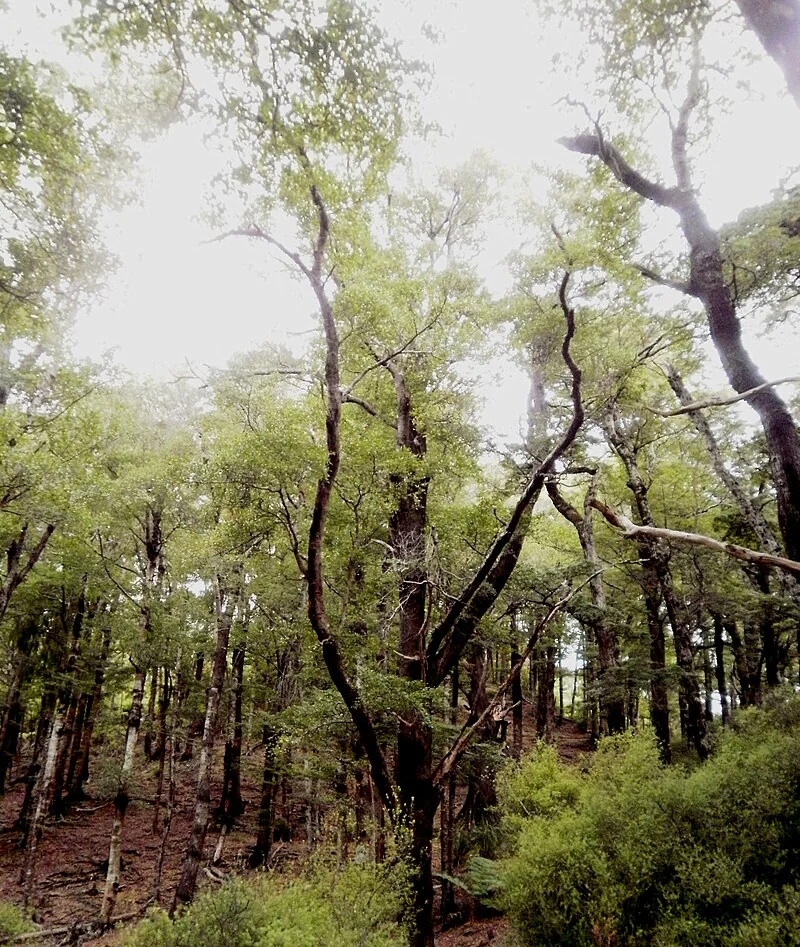
Hard Beech
Fuscospora truncata
Hard Beech is a large forest tree with distinctive furrowed bark producing strong timber, historically important to Māori for tools and construction.
Learn more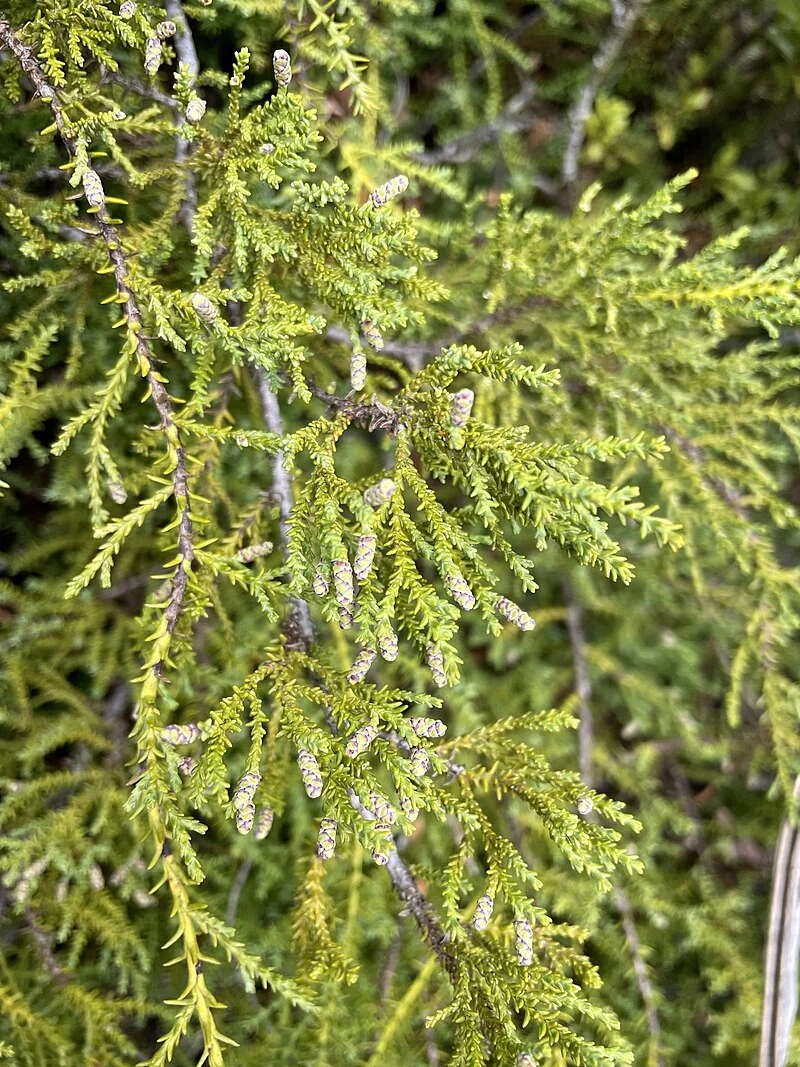
Yellow Silver Pine
Lepidothamnus intermedius
Yellow Silver Pine is a small conifer with golden-yellow foliage found in montane forests, producing distinctive yellow wood valued for traditional carving.
Learn more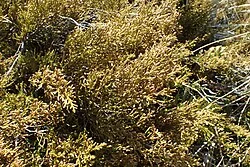
Pygmy Pine
Lepidothamnus laxifolius
Complete guide to the Pygmy Pine (Lepidothamnus laxifolius), including care tips, propagation methods, and its ecological and cultural significance.
Learn more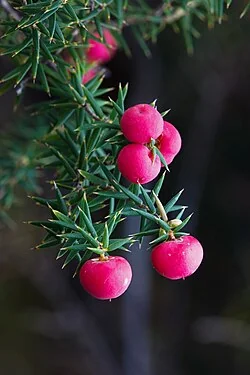
Prickly Heath
Leptecophylla juniperina
Complete guide to Prickly Heath (Leptecophylla juniperina), including care tips, propagation methods, and its ecological significance in New Zealand.
Learn more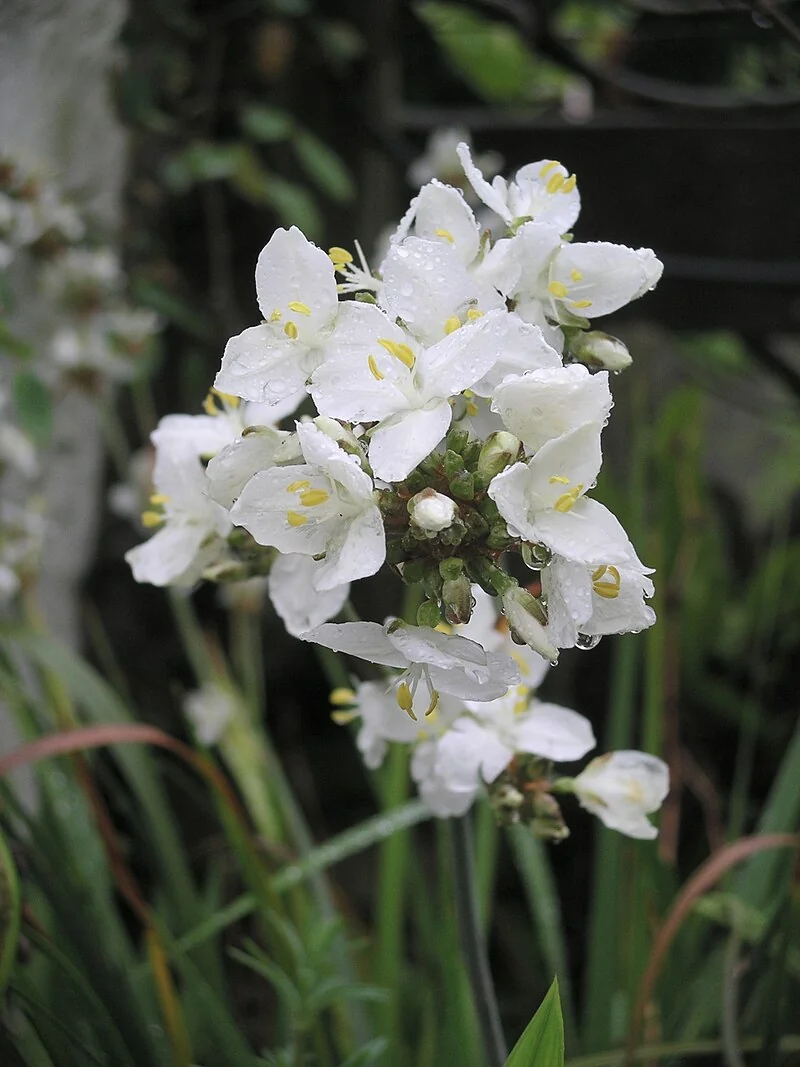
Large-Flowered New Zealand Iris
Libertia grandiflora
Complete guide to Large-flowered New Zealand Iris (Libertia grandiflora), including cultivation tips and its role in New Zealand's coastal and montane flora.
Learn more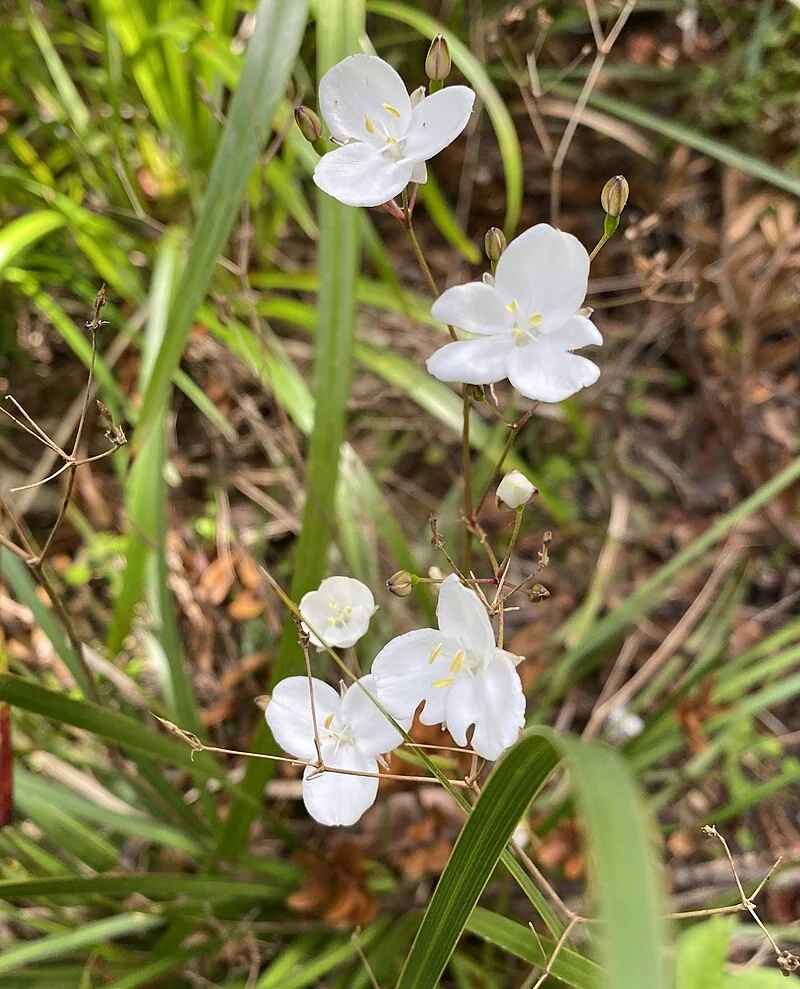
Yellow-Seeded New Zealand Iris
Libertia ixioides
Complete guide to Yellow-seeded New Zealand Iris (Libertia ixioides), including cultivation tips and its widespread distribution throughout New Zealand.
Learn more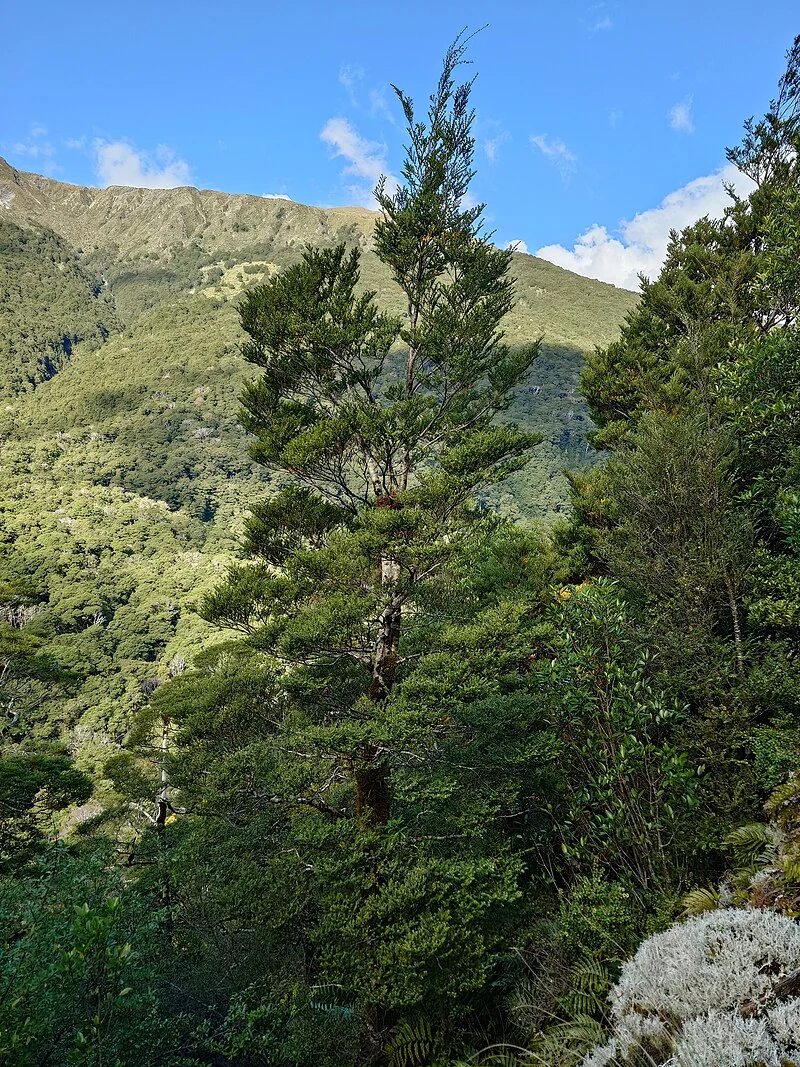
Silver Beech
Lophozonia menziesii
Complete guide to the Silver Beech (Lophozonia menziesii), including care tips, propagation methods, and its ecological and cultural significance.
Learn more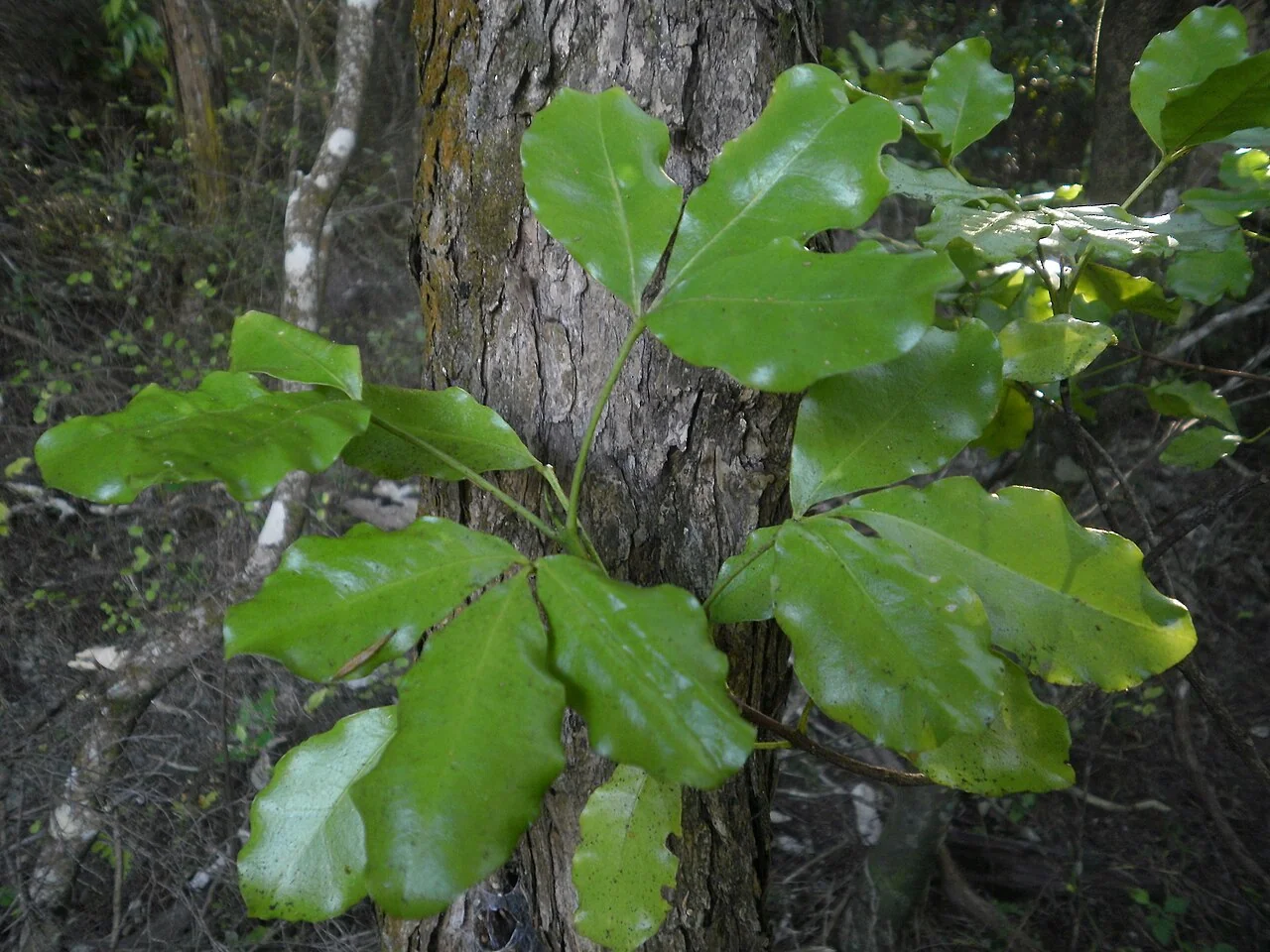
Wharangi
Melicope ternata
Complete guide to Wharangi (Melicope ternata), a glossy-leaved coastal shrub or small tree - identification, cultivation, propagation and ecological importance.
Learn more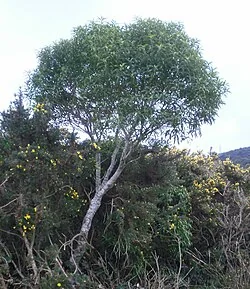
Narrow-Leaved Māhoe
Melicytus lanceolatus
Complete guide to Narrow-leaved Māhoe (Melicytus lanceolatus), including care tips, propagation methods, and its ecological and cultural significance.
Learn more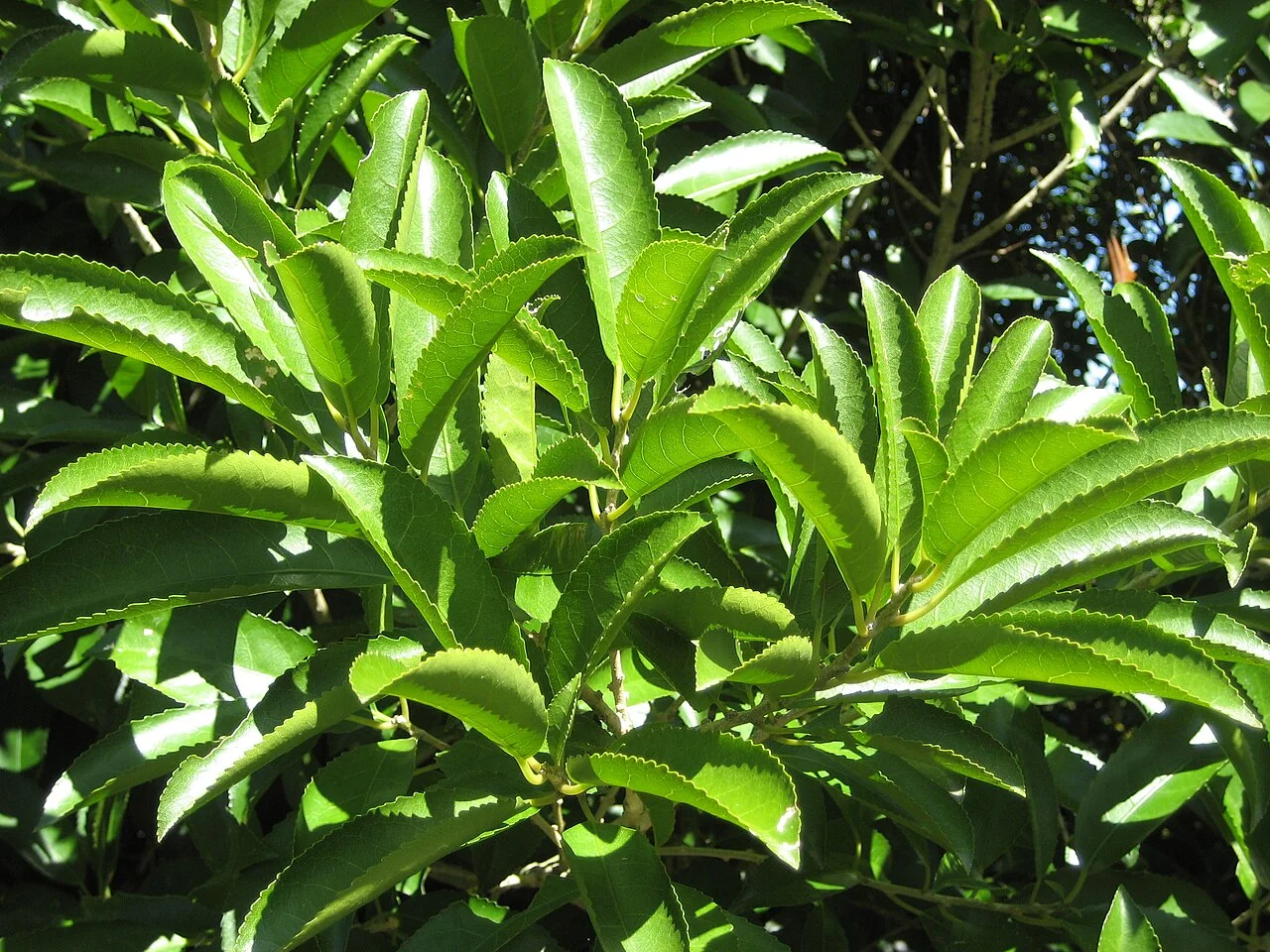
Whiteywood
Melicytus ramiflorus
Complete guide to Whiteywood (Melicytus ramiflorus), including care tips, propagation methods, and its ecological and cultural significance in New Zealand.
Learn more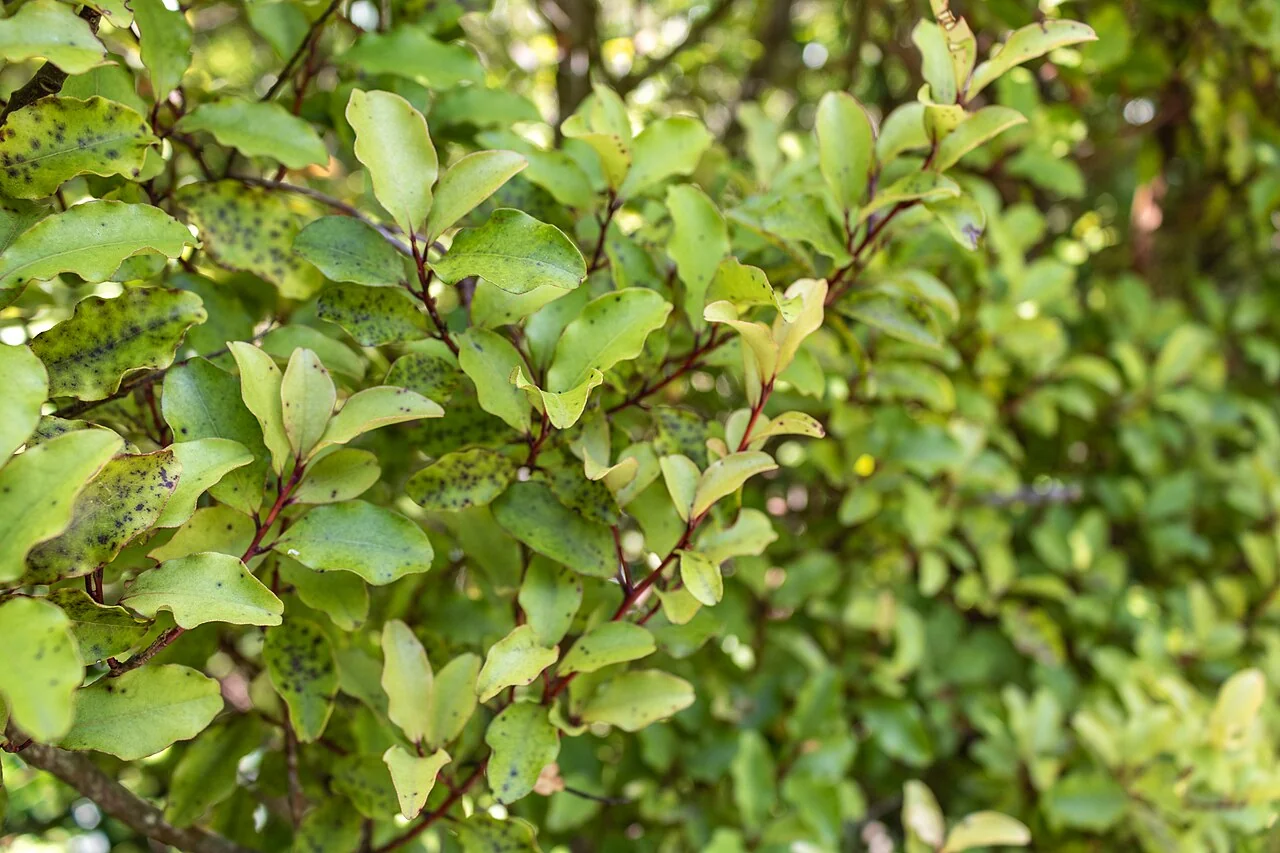
Red Mātipō
Myrsine australis
Complete guide to Red Mātipō (Myrsine australis), a hardy native shrub with distinctive red twigs, undulating leaves, and sacred cultural significance.
Learn more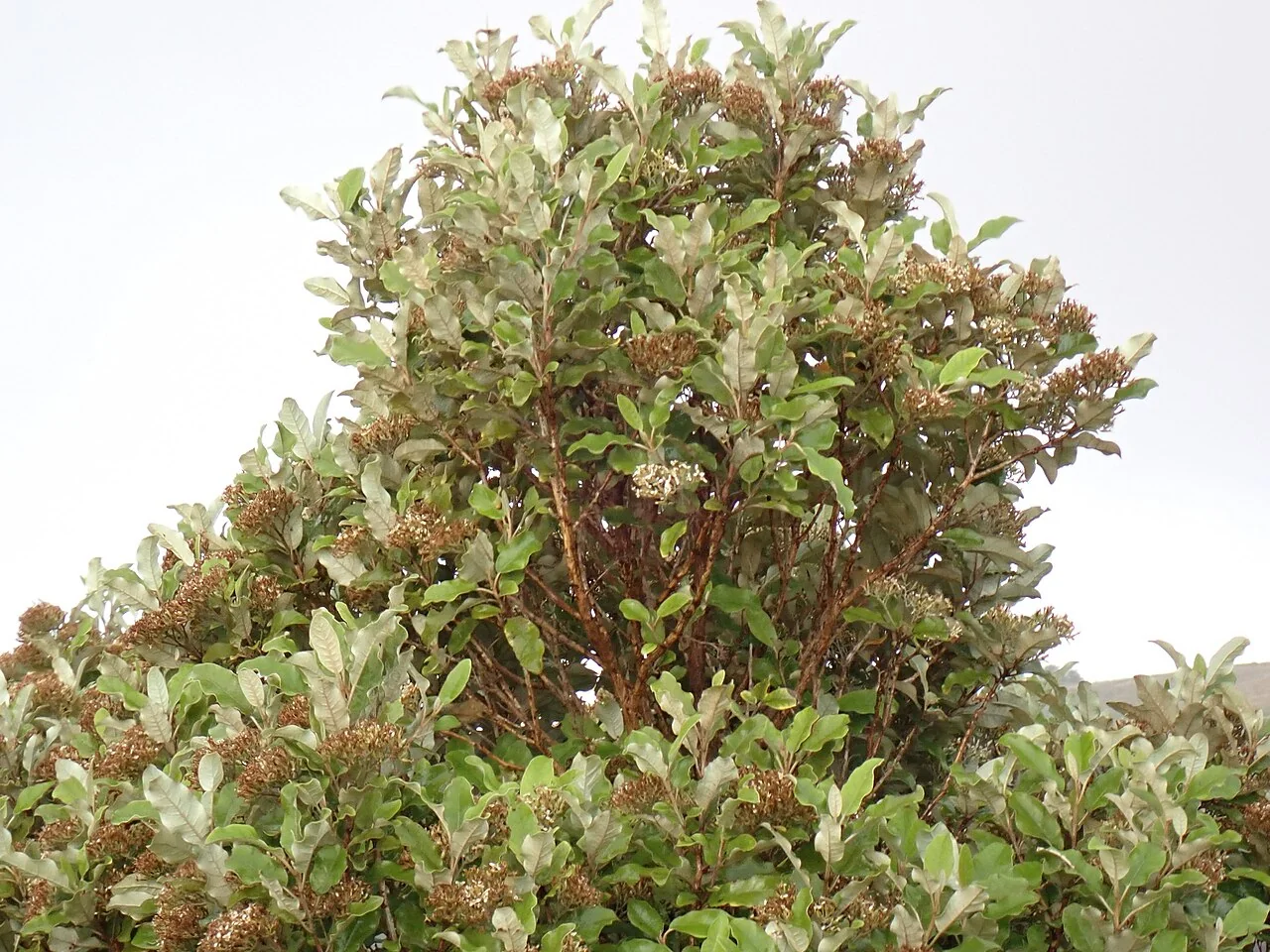
Tanguru
Olearia albida
Complete guide to Tanguru (Olearia albida), including care tips, propagation methods, and its ecological significance in New Zealand coastal gardens.
Learn more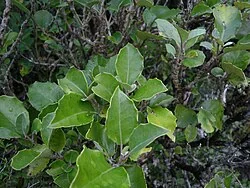
Tree Daisy
Olearia arborescens
Complete guide to Tree Daisy (Olearia arborescens), including care tips, propagation methods, and its ecological and cultural significance in New Zealand.
Learn more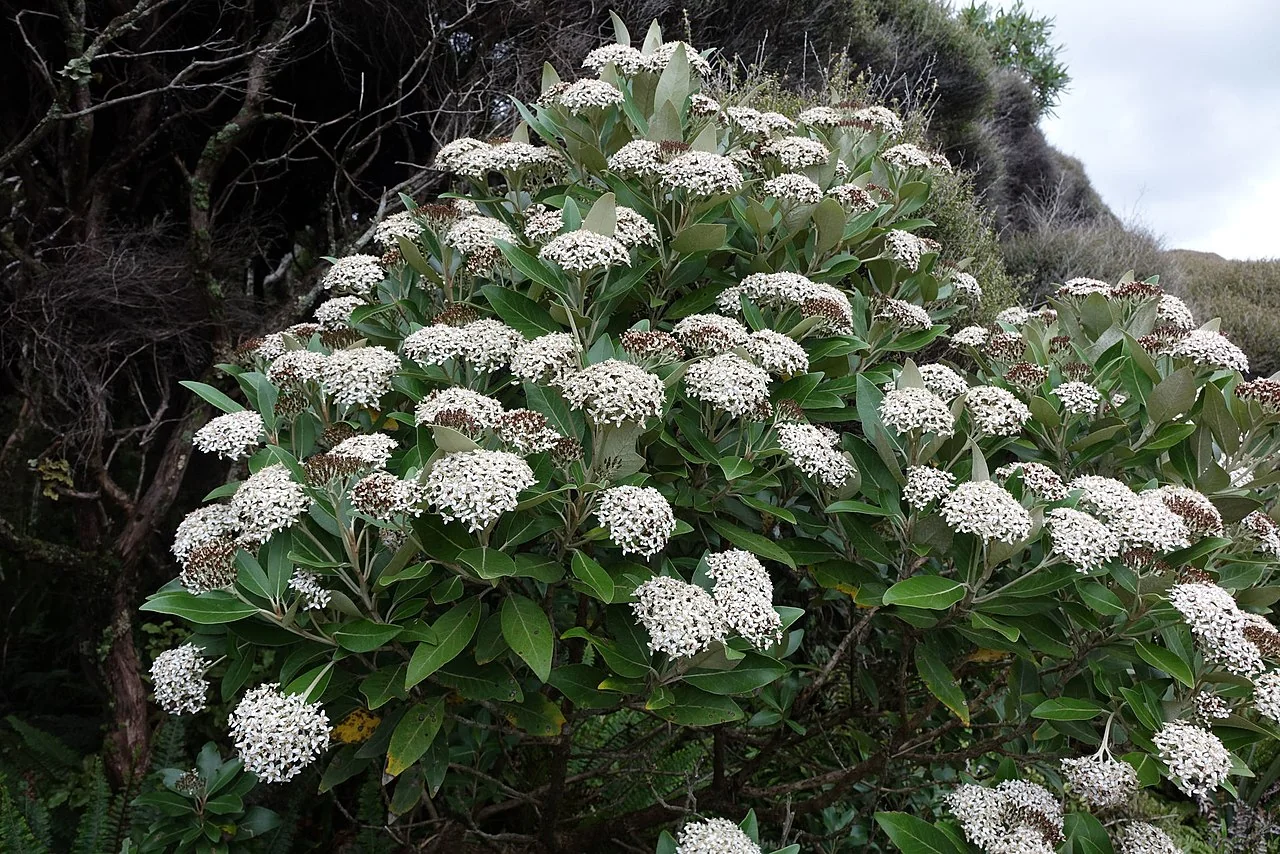
Mountain Akeake
Olearia avicenniifolia
Complete guide to Mountain Akeake (Olearia avicenniifolia), a hardy native tree daisy perfect for shelter and challenging sites with white fragrant flowers.
Learn more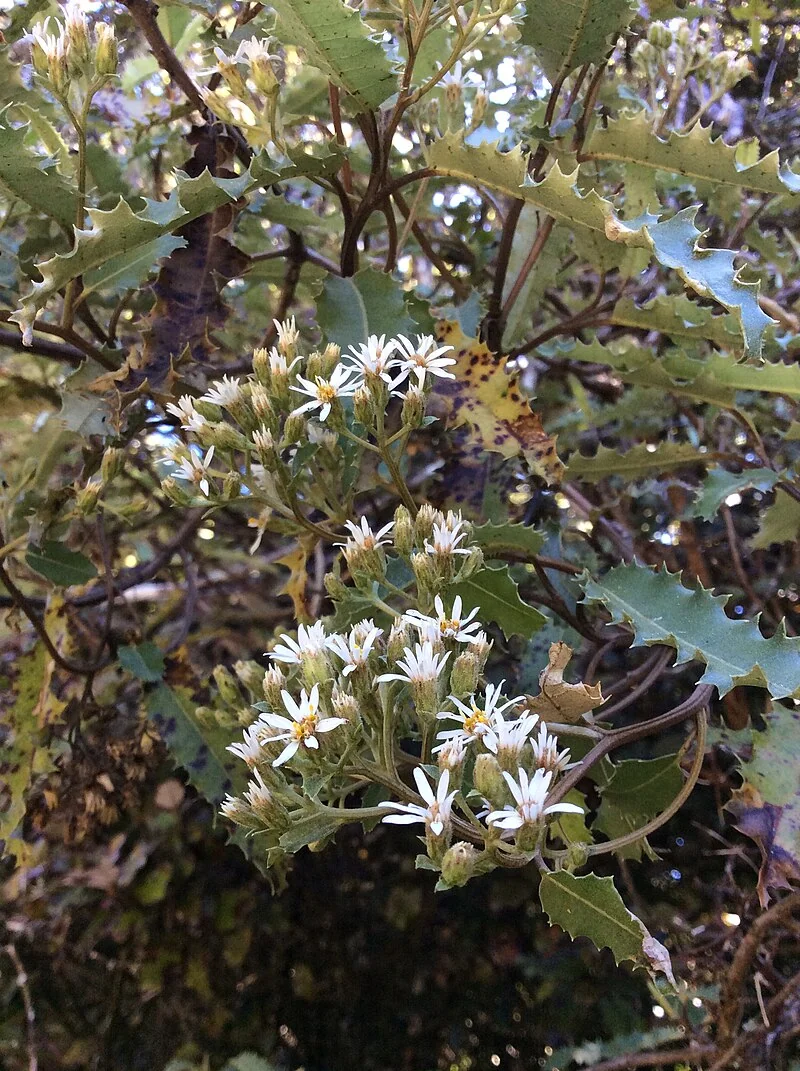
Hakeke
Olearia ilicifolia
Complete guide to Hakeke (Olearia ilicifolia), also known as Mountain Holly, a hardy native tree daisy with distinctive spiny leaves and musky white flowers.
Learn more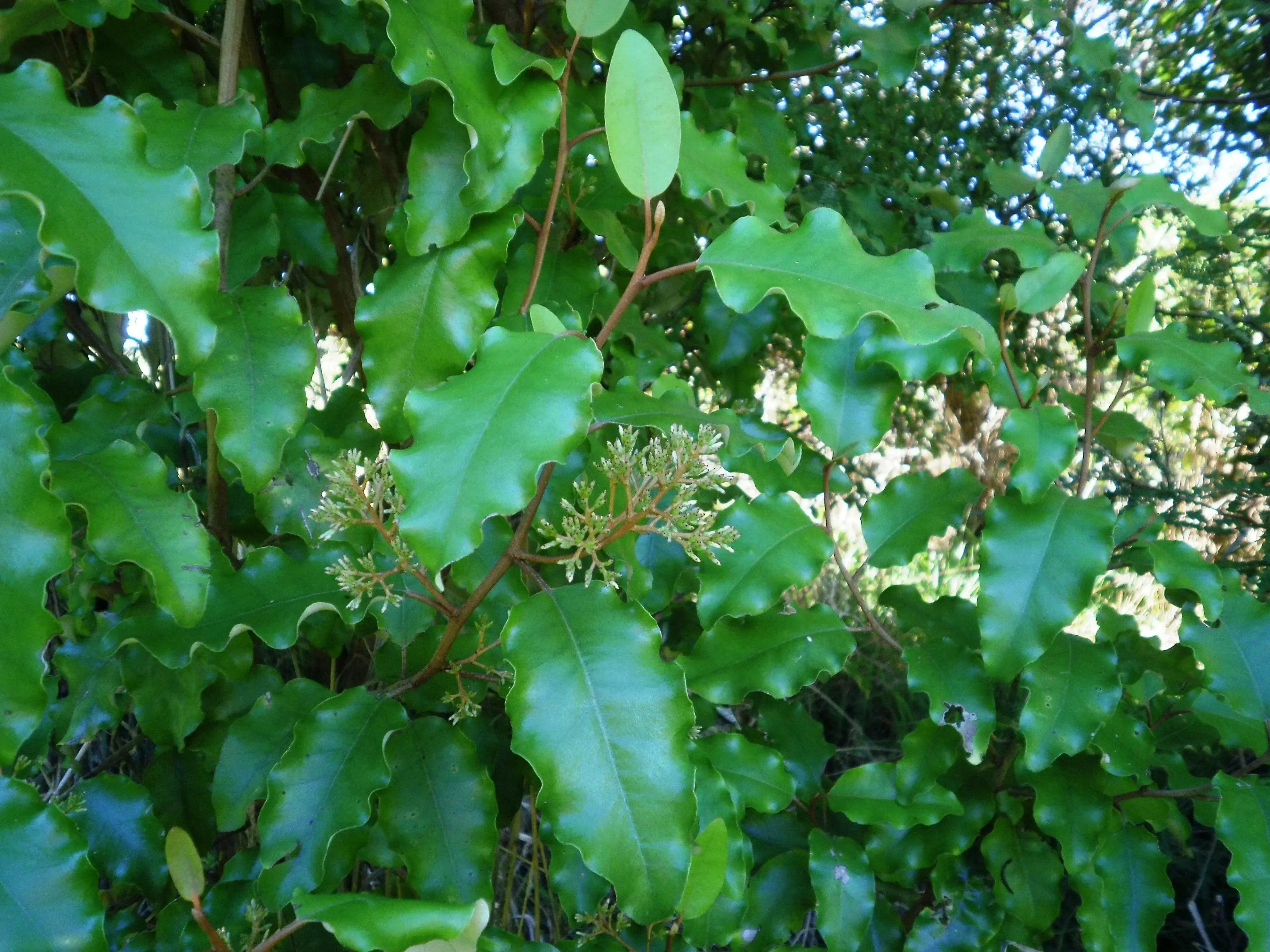
Akiraho
Olearia paniculata
Complete guide to Akiraho (Olearia paniculata), a versatile, fragrant tree daisy valued for shelter and hedging, with creamy flower panicles and leathery, wavy leaves.
Learn more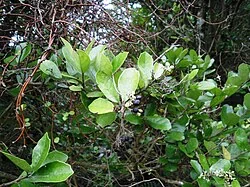
Kaikōmako
Pennantia corymbosa
Complete guide to Kaikōmako (Pennantia corymbosa), including care tips, propagation methods, and its ecological and cultural significance in New Zealand.
Learn more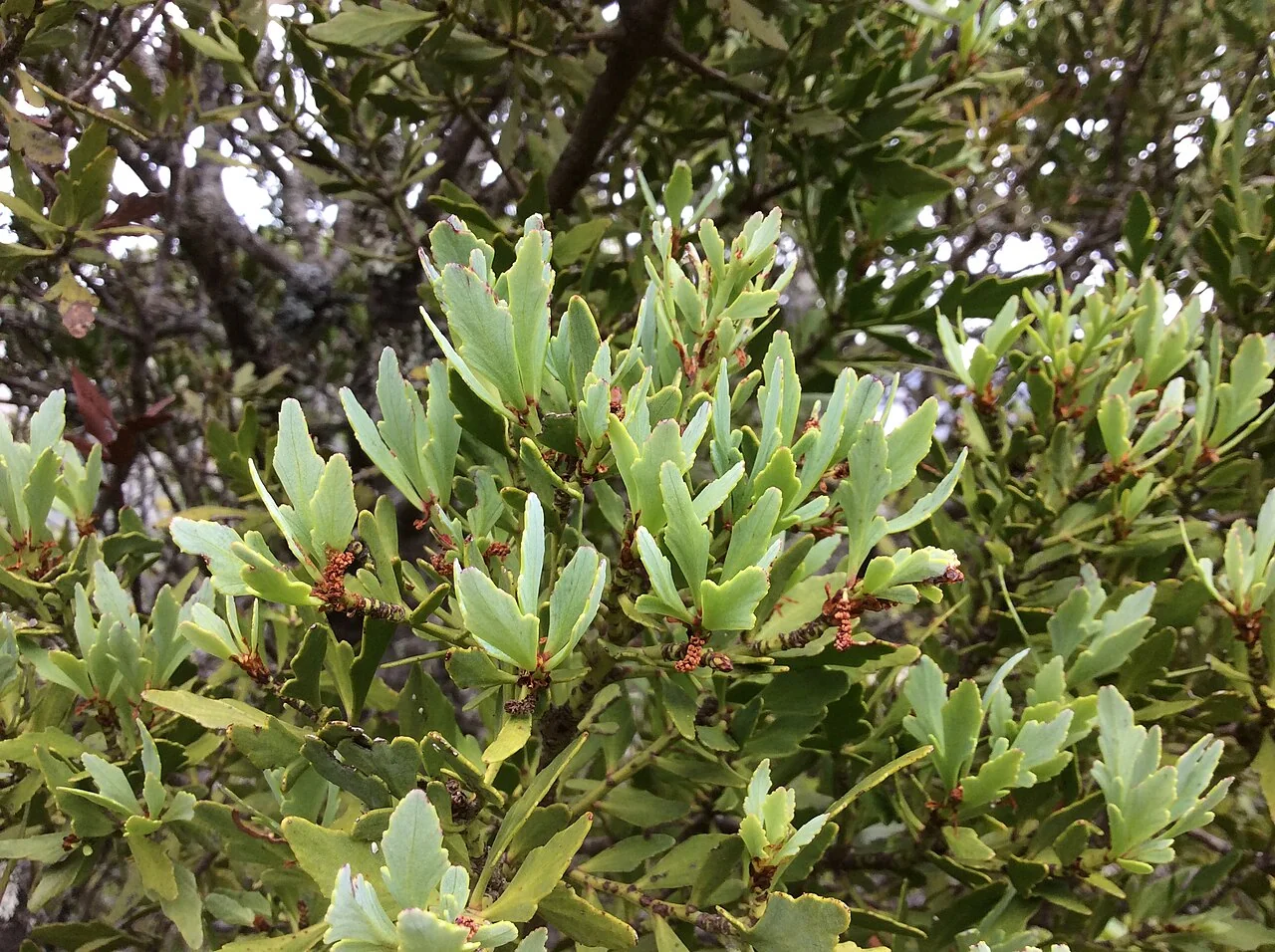
Mountain Toatoa
Phyllocladus alpinus
Complete guide to the Mountain Toatoa (Phyllocladus alpinus), including care tips, propagation methods, and its ecological and cultural significance.
Learn more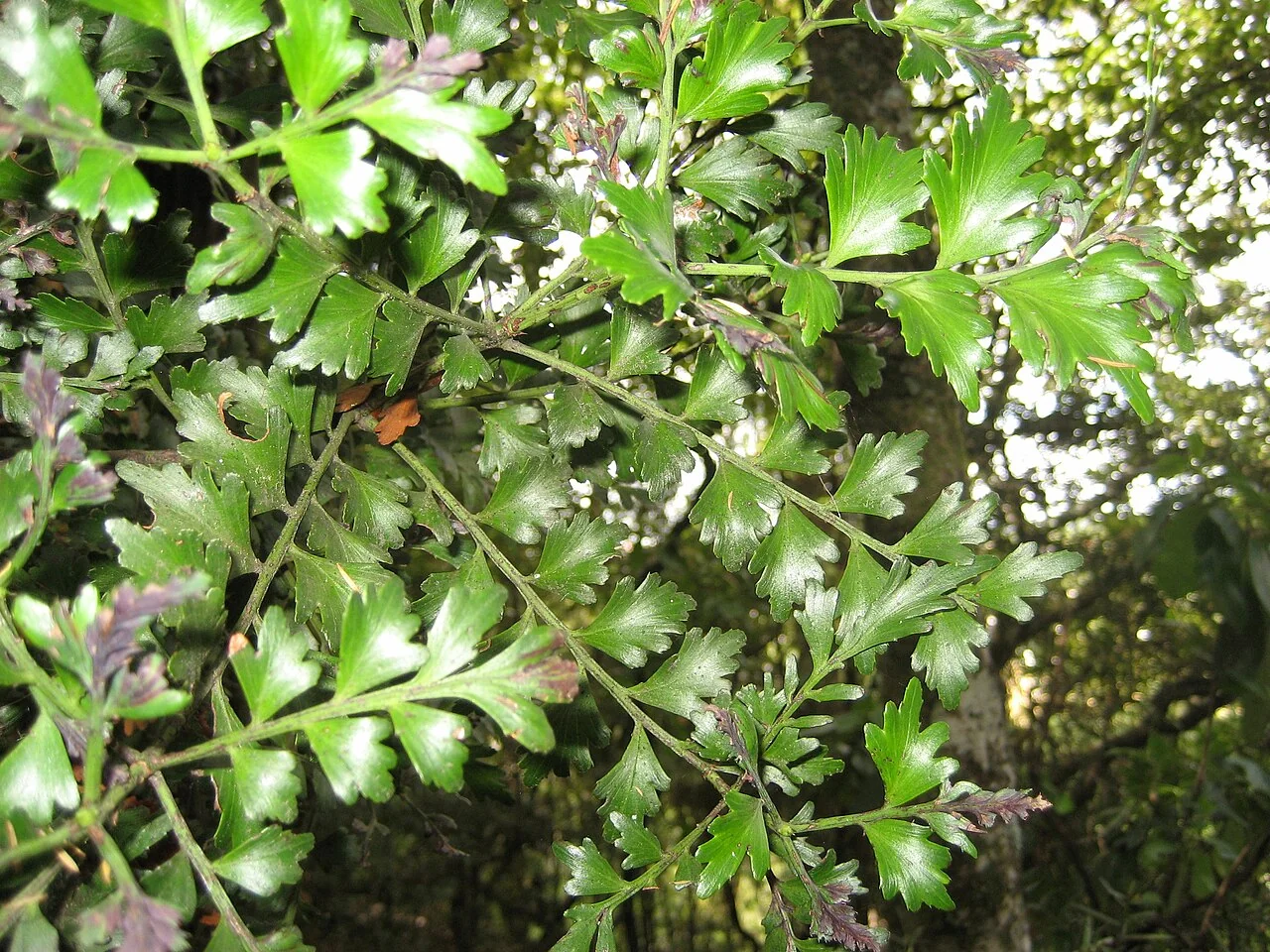
Tānekaha
Phyllocladus trichomanoides
Complete guide to Tānekaha (Phyllocladus trichomanoides), including care tips, propagation methods, and its ecological and cultural significance.
Learn more
Strathmore Weed
Pimelea prostrata
Guide to Pimelea prostrata - a low, mat-forming shrub with white flowers and white berries; identification, cultivation, and propagation.
Learn more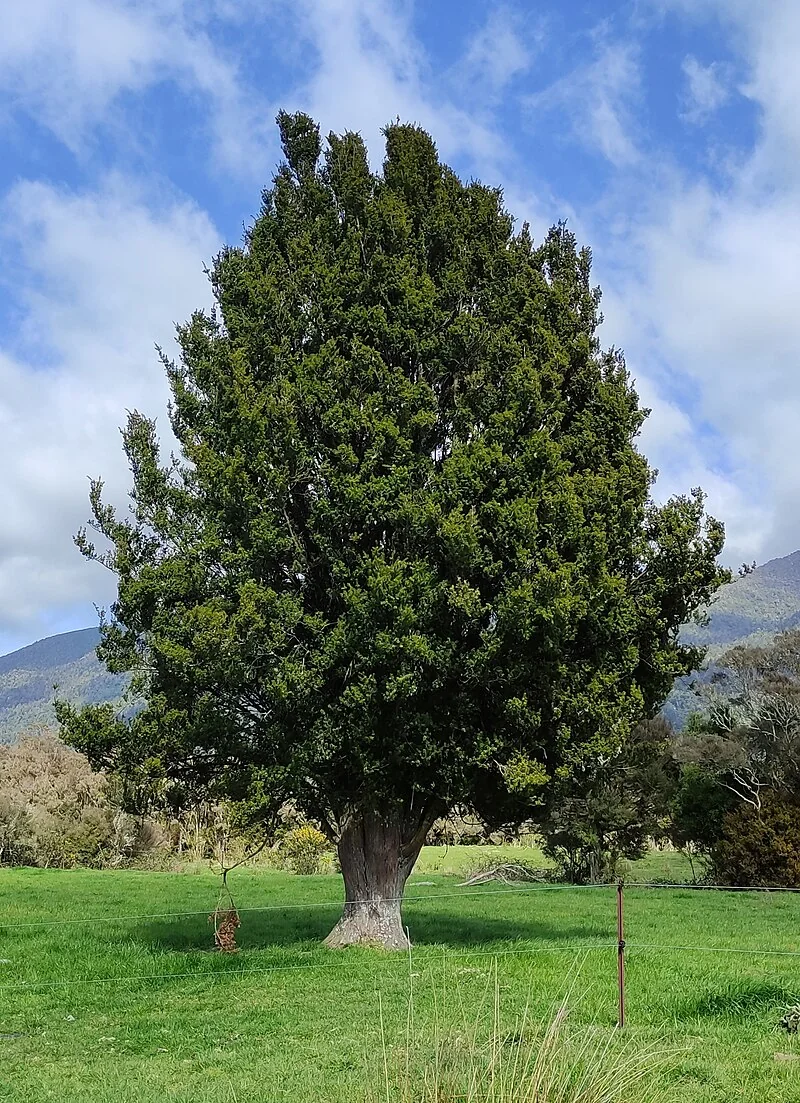
Mountain Tōtara
Podocarpus laetus
Complete guide to Mountain Tōtara (Podocarpus laetus), including care tips, propagation methods, and its ecological and cultural significance in New Zealand.
Learn more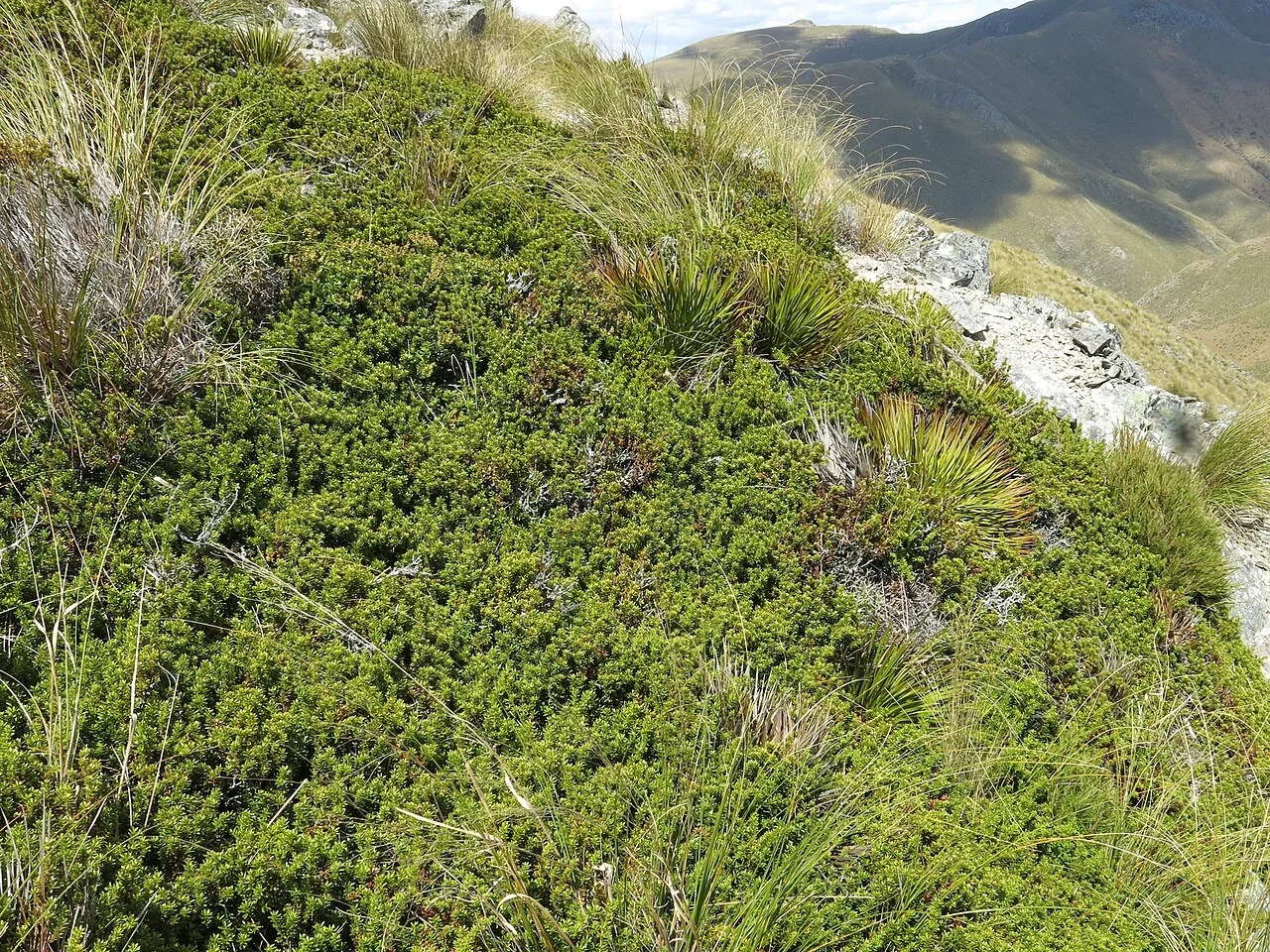
Alpine Tōtara
Podocarpus nivalis
Complete guide to the Alpine Tōtara (Podocarpus nivalis), including care tips, propagation methods, and its ecological and cultural significance.
Learn more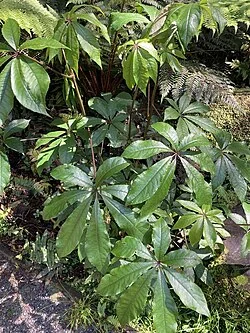
Pāte
Schefflera digitata
Complete guide to Pāte (Schefflera digitata), including care tips, propagation methods, and its ecological and cultural significance in New Zealand.
Learn more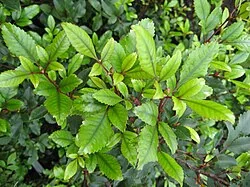
Kāmahi
Weinmannia racemosa
Complete guide to Kāmahi (Weinmannia racemosa), including care tips, propagation methods, and its ecological and cultural significance in New Zealand.
Learn moreCultural Importance
This collection highlights some of the most culturally significant native plants of New Zealand, exploring their traditional uses, cultural importance, and their place in contemporary society. Many of these species also face conservation challenges, making their preservation important not only for biodiversity but for cultural heritage as well.
Rongoā Māori: Traditional Medicine
Rongoā Māori is the traditional healing system of Māori, utilizing native plants for physical, spiritual, and emotional healing. This holistic approach combines plant remedies with spiritual practices, acknowledging the connection between health and the wider natural and spiritual world.
Many of the plants featured in this collection play important roles in Rongoā practices, with knowledge traditionally passed down through generations. While some of these practices continue today, much traditional knowledge was lost during colonization. Current efforts to document, preserve, and revitalize this knowledge are important for both cultural continuity and potential contributions to modern medicine.
Important Note on Cultural Knowledge
The information provided here offers general context about cultural significance but does not provide detailed instructions for traditional uses, particularly medicinal applications. Many plants have specific harvest protocols, preparation methods, and cultural considerations that should be learned through appropriate cultural channels. We encourage readers to respect the cultural context of this knowledge and seek guidance from knowledgeable practitioners when appropriate.
Raranga (Weaving)
Plants like harakeke (flax), kiekie, and pāngao are essential materials in traditional Māori weaving, used to create clothing, baskets, mats, and other practical and ceremonial items.
Construction & Tools
Native plants provided materials for building waka (canoes), whare (houses), and creating tools. Each species was carefully selected for its specific properties and cultural significance.